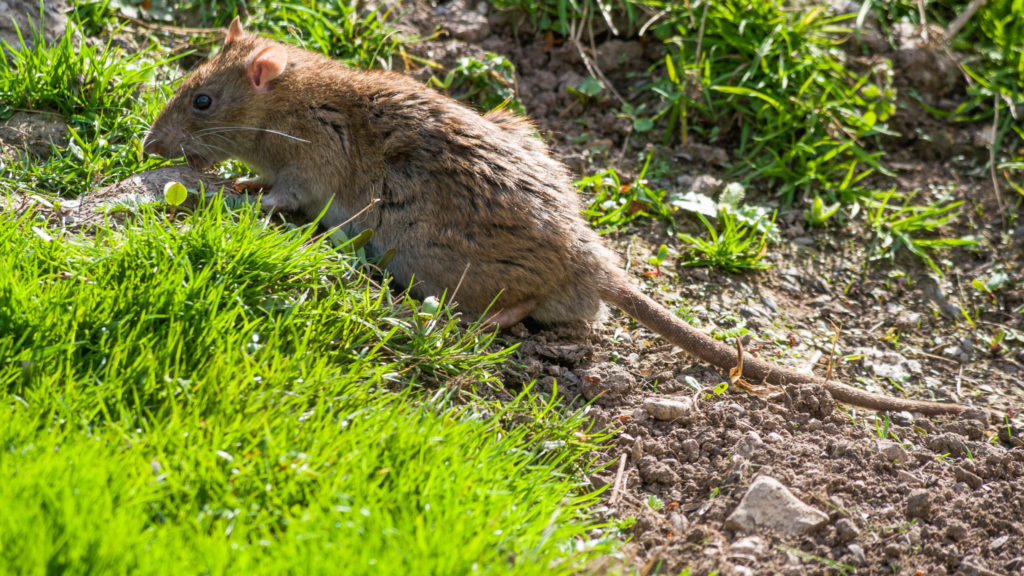Anticoagulant poisons are commonly used to kill rats in New Zealand and around the world. But at least 18 countries in Europe, America and Asia have reported growing resistance in their rat populations to these poisons. Are our rats growing bait-resistant too? Phil Cowan et al from Landcare Research investigated. “Rats, except kiore, are currently … Continue reading Rat bait resistance – should we be worried?
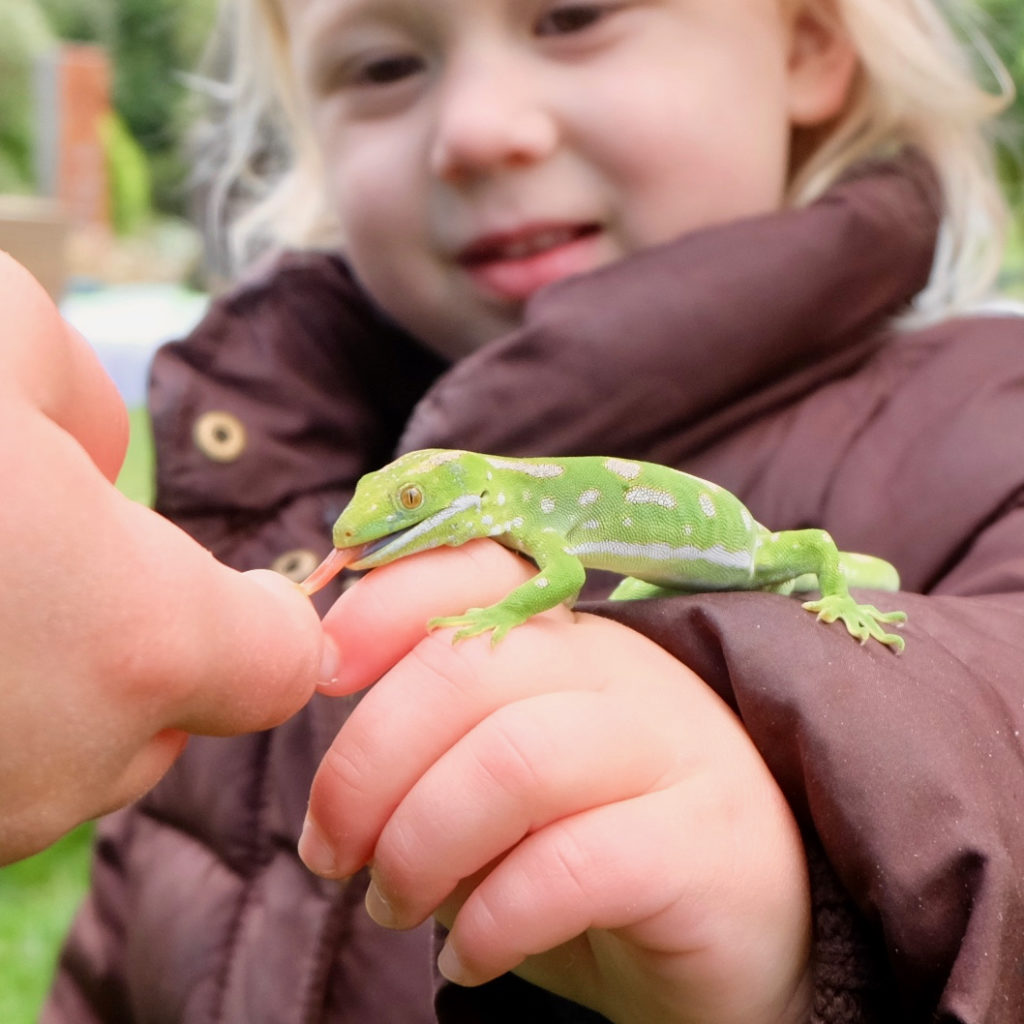
Predator Free New Zealand Trust has selected the ten schools that will take part in the inaugural Kiwibank Predator Free Schools programme. Over 75 schools applied to be part of the programme and the Trust were impressed by the high calibre of applications and the exciting plans schools had to engage their students in the … Continue reading Kiwibank Predator Free Schools announced
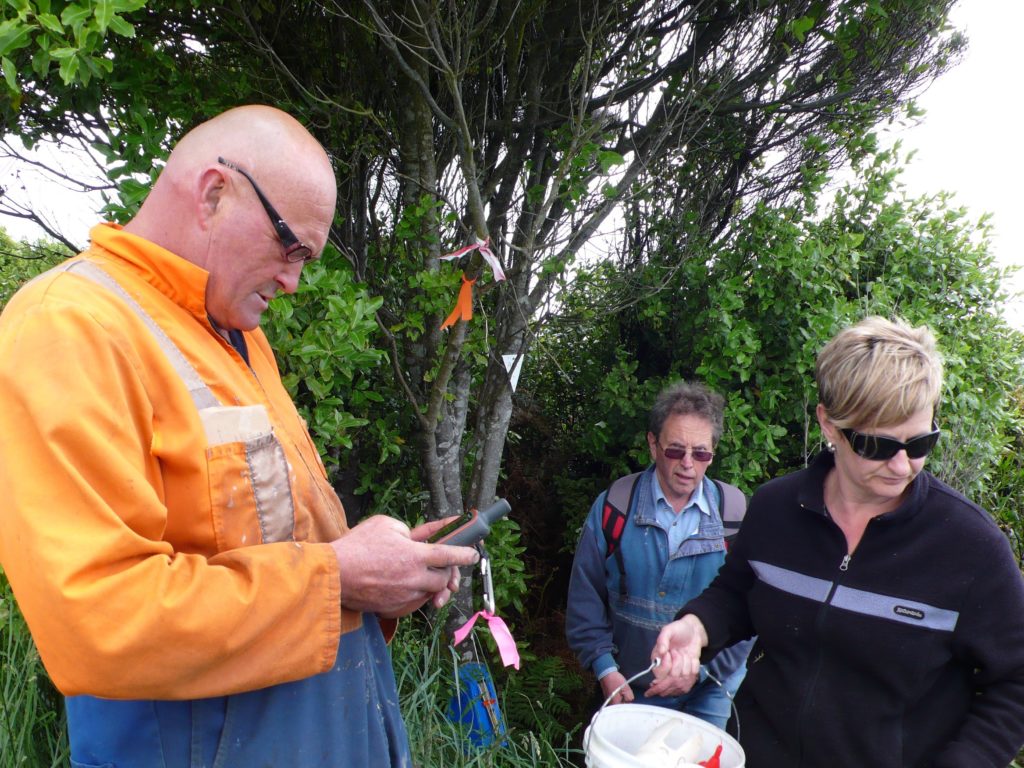
A few years back, John Collins of Omaui got sick of shooting possums every night. He decided more needed to be done. Omaui is a small village of about 30 houses in Southland, located right at the mouth of the Oreti River estuary, opposite Oreti Beach. “I’ve always been environment-minded,” says John, who is now … Continue reading Possums sorted – look out Omaui rats
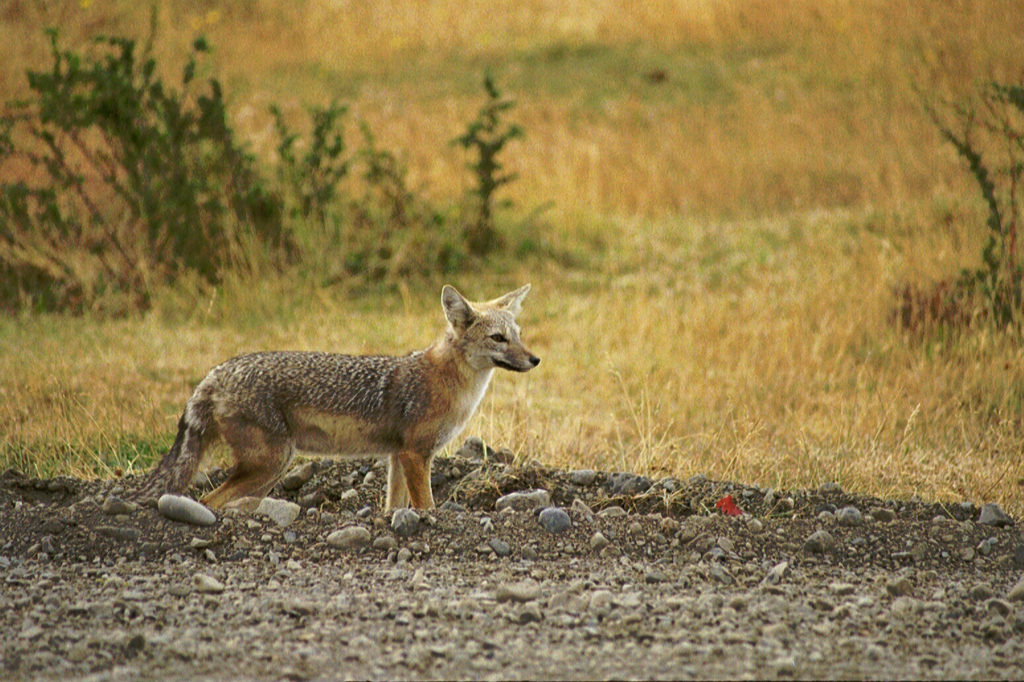
It could have been so much worse… red foxes, Patagonian foxes, mongooses (or should that be mongeese?) – even badgers were proposed as a solution to New Zealand’s rampant rabbit problem back in the late 1800s. One entrepreneur actually thought burrowing owls might sort the rabbits out. Prof Carolyn King from Waikato University uncovered some … Continue reading Narrow escape makes horror reading
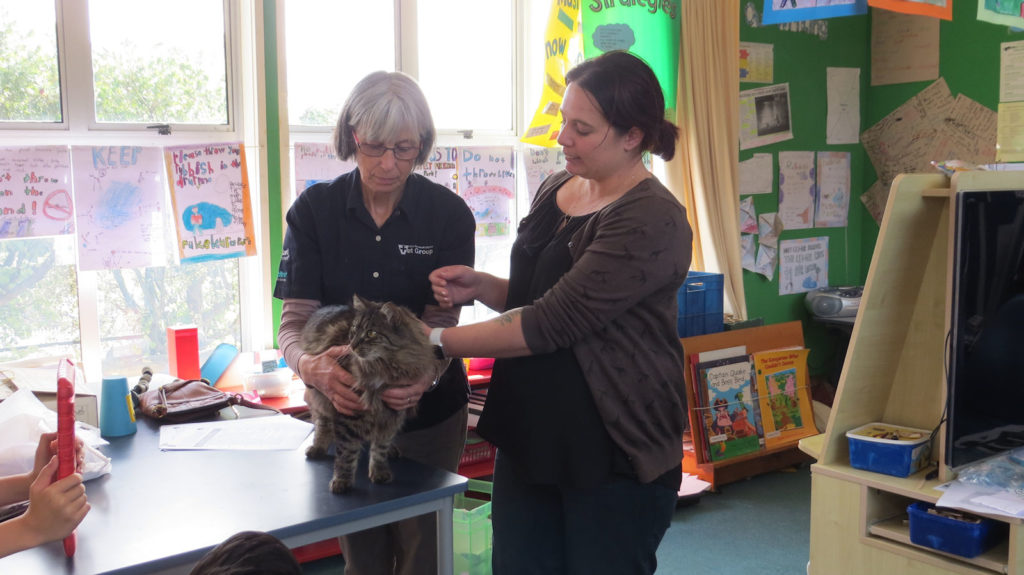
The secret lives of Taranaki’s pet cats are currently being revealed – thanks to project funding from Curious Minds which has enabled the purchase of 60 cat harnesses fitted with GPS tracking devices. If you live in Taranaki and you’ve always wondered where your cat goes when it’s not at home, now is your chance … Continue reading Curious Minds project lets kids keep tabs on their tabbies
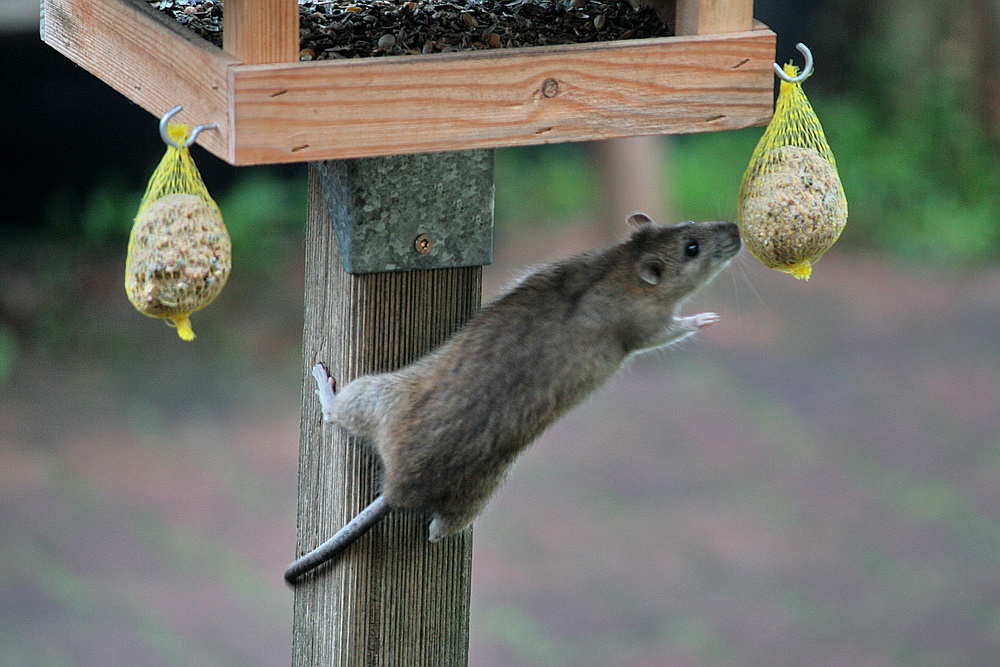
Norway rats (Rattus norvegicus) and black rats (also known as ship rats), (Rattus rattus), are among the most prolific and widespread urban pest species in the world. But what do we know about their secret city lives? After all – the more we know, the better we can understand what we’re up against. Just because … Continue reading Secret life of urban rats revealed
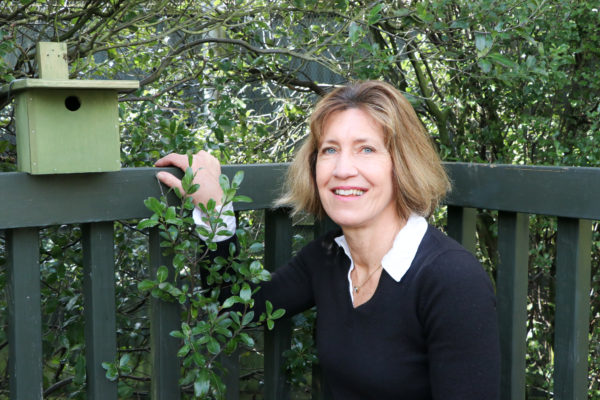
Kathryn Marshall, helped by a team of Waimea Menz Shed volunteers, with some expert advice from ornithologist Peter Gaze, has designed and tested predator proof nest boxes for kakariki (parakeets) – and it all came about because she wanted to help another rare bird, the mohua (yellowhead). But before kakariki, before mohua even – it … Continue reading Predator proof nestboxes more than a pipe dream
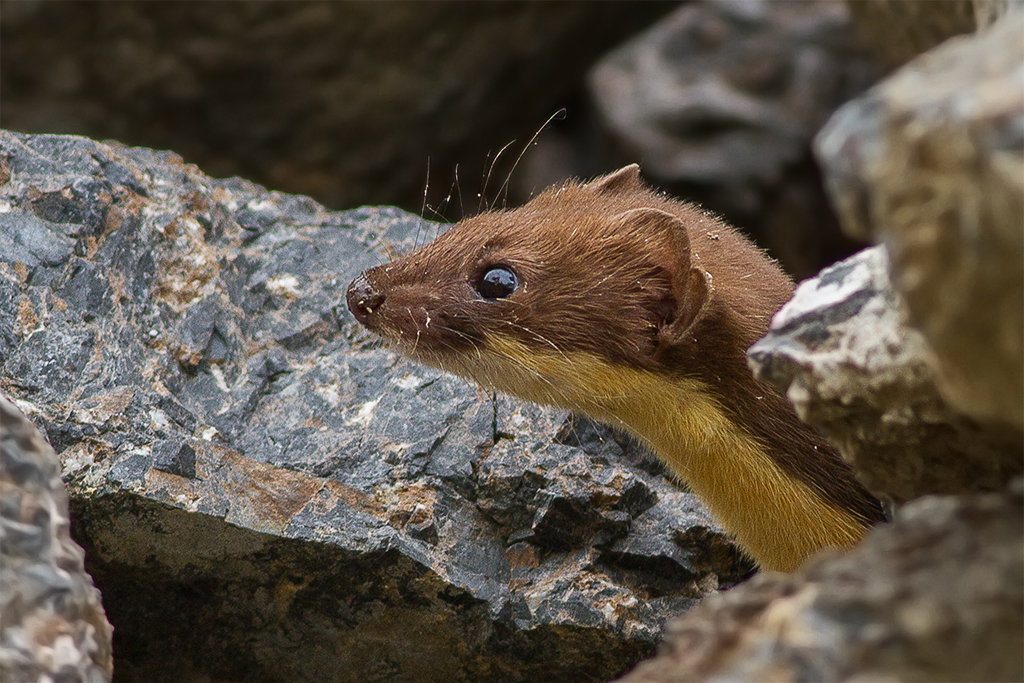
When stoats were recently captured on video raiding the spring nests of rock wren, yet tracking tunnels failed to detect their presence, scientists became concerned about the effectiveness of tracking tunnels as a monitoring method in alpine regions. Was there a better way to detect stoats? How did other monitoring techniques compare with tracking tunnels … Continue reading Capturing the cryptic – finding better ways to detect stoats
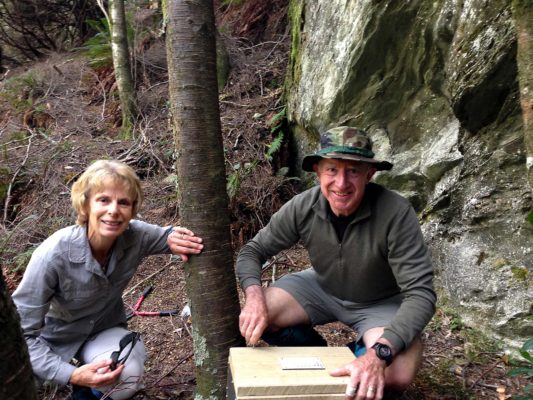
The beautiful, remote Matukituki Valley is located between Mt Aspiring National Park and Lake Wanaka. It’s mossy beech forests, pristine glaciers, alpine plants and birdlife (including noisy kea on the hut roof), inspired a young James K. Baxter to write ‘Poem in the Matukituki Valley’ back in 1949. Today thousands of visitors come to explore … Continue reading Wild beauty of Matukituki Valley continues to inspire
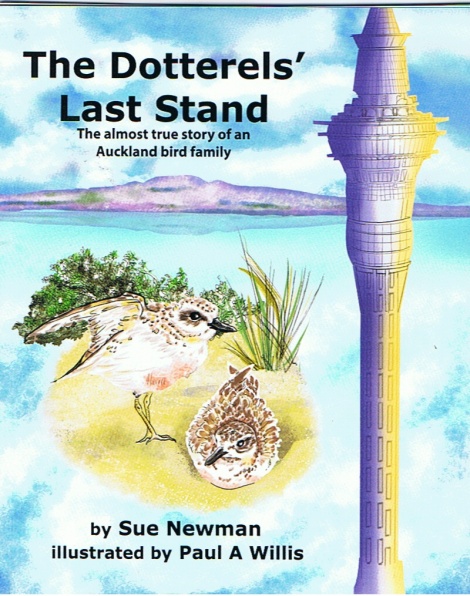
The Dotterels’ Last Stand by Sue Newman, beautifully illustrated by Paul A. Willis is a realistic and ‘almost true’ story of the challenges dotterels face in finding a safe nest-site. A pair of dotterels visit a number of familiar landmarks and buildings that will be familiar to Auckland children and the additional side-bar background information … Continue reading Book: The Dotterels’ Last Stand
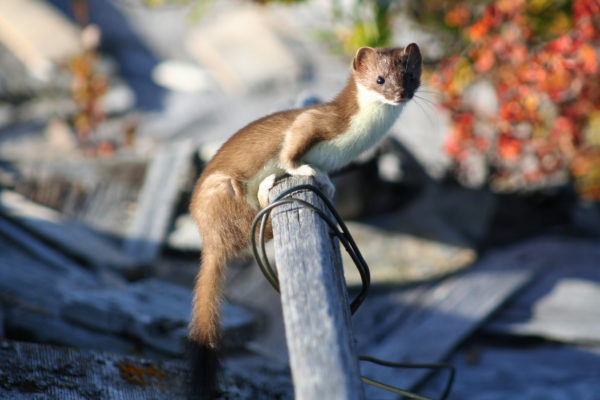
Stoats tend to vie with rats for the position of Conservation Public Enemy No. 1 – but what do we know about the stoat’s smaller relative, the weasel? Do we underestimate their impact on native wildlife? Kathryn Strang, Isabel Castro, Greg Blunden and Lara Shepherd examined the stomach contents of 16 weasels caught between 2011 … Continue reading Not just mouse-munchers – the diet of weasels revealed

Over a year has gone by. The mice are gone (although final proof won’t come until a revisit in 2018). On Antipodes Island, 760km southeast of Dunedin, 21 species of seabirds and 4 unique species of ground birds, will be preparing to raise their young in an environment completely free of introduced mammalian predators. Hundreds … Continue reading Antipodes Island – mouse free and back on course
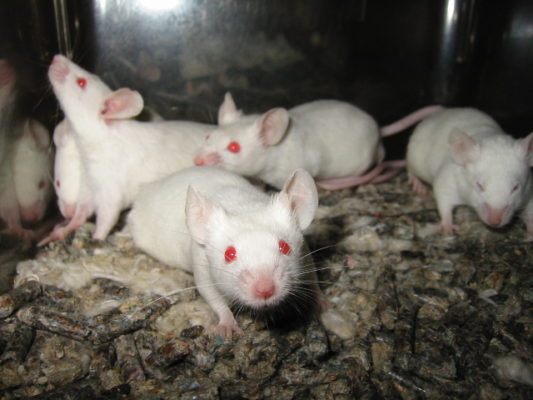
Rats and mice aren’t just our problem. They’re some of the most widespread and damaging invasive alien species on islands globally. A team of scientists lead by Karl J. Campbell from Island Conservation and including New Zealand-based scientists Al Glen and Charles Eason, have carried out an indepth review of what’s just over the horizon … Continue reading What next for rats and mice?
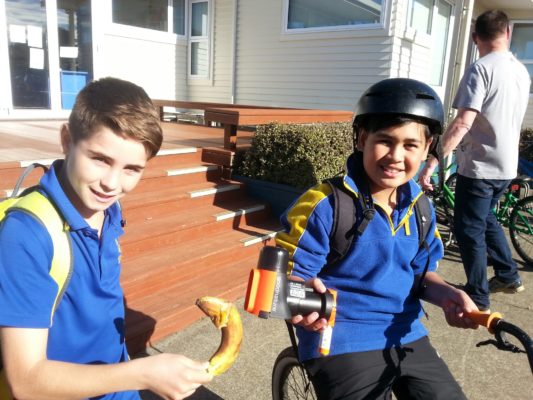
A banana impersonated a rat and got mashed at a recent school assembly at Patumahoe – and the pupils along with many of their parents got a very visual, not to mention messy, demonstration of the humane killing power of Goodnature’s self-resetting A24 rat traps. Volunteers from Kiwibank Predator Free Patumahoe were splattering banana across … Continue reading Kiwibank Predator Free Goes Bananas in Patumahoe
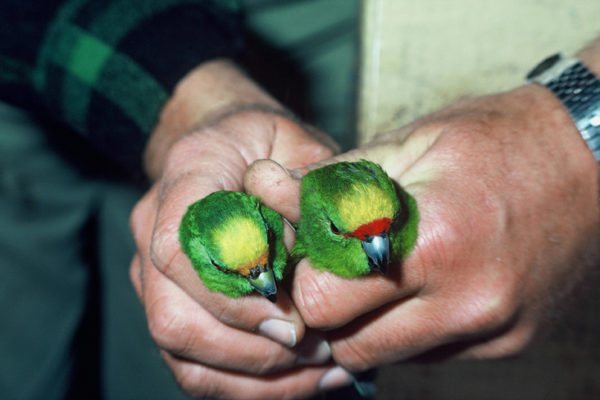
Kakariki, our native parakeets mostly nest in holes in trees, where the female incubates the eggs for around 3-4 weeks. That makes female kakariki, as well as the young, particularly vulnerable to predators and could potentially lead to a male bias in the adult population. Red-crowned kakariki are now only common on predator-free islands and … Continue reading Predators vs Parakeets
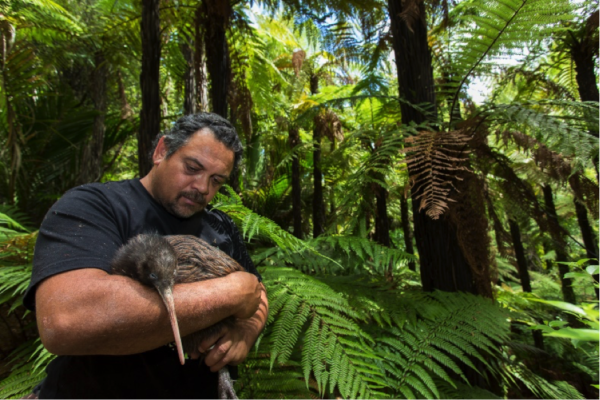
Ian Tarei is Kiwi Project Manager for the Omataroa-Rangitaiki No 2 [Maori land] Trust and has been involved with the project since its beginning 10 years ago. But trapping predators to benefit kiwi in the Trust’s 540 hectare Puhikoko Reserve is only part of the work Ian does. His company, Omataroa Kaitiaki, is also quietly … Continue reading Young kaitiaki learn to care for Omataroa kiwi
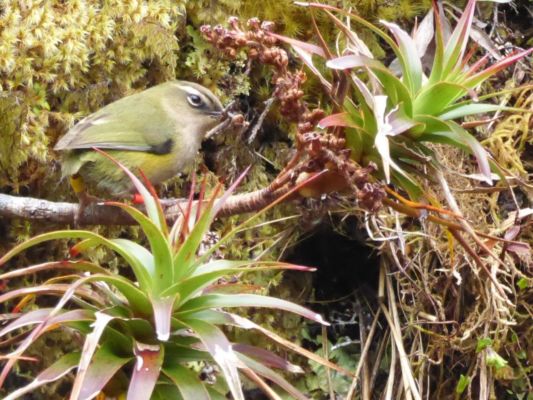
Stoats are emerging as a key threat to our alpine wildlife as scientists learn more about predator/prey relationships in this less-studied habitat. Remote alpine zones are home to unique skinks and geckos, some of which have only recently been discovered, along with insects such as alpine weta which can survive being frozen and the tiny … Continue reading Alpine stoats caught on camera raiding rock wren nests
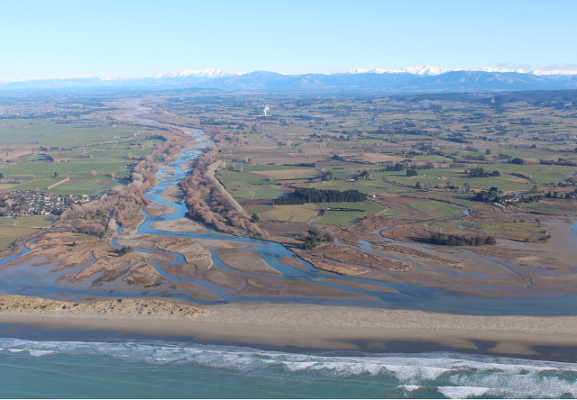
It’s been a while since we caught up with BRaid – Braided River aid – and lots has been happening in the interim. First up, in the ‘about to happen’ category is a free predator control workshop planned for Saturday 28 October at Woodend in North Canterbury. PFNZ Trust is helping out with costs and … Continue reading BRaid offers free trapping workshop – open to all
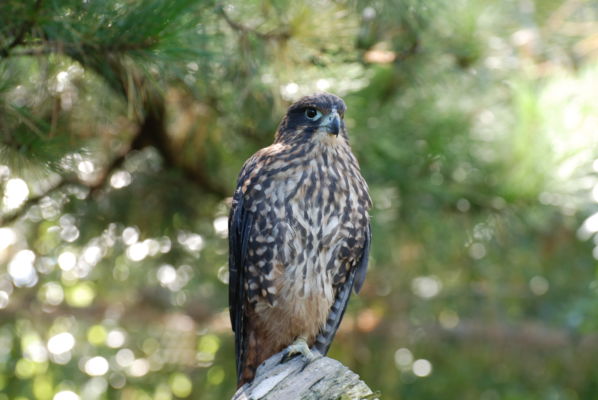
Before humans arrived, 78% of Aotearoa was covered in native podocarp forest. In the 700 years since we got here, 60% of that forest has gone. The good news is that at least some of our native species are managing to make do in the blocks of exotic forestry plantations that now cover approximately 7% … Continue reading Falcons learn to live an ‘exotic’ life
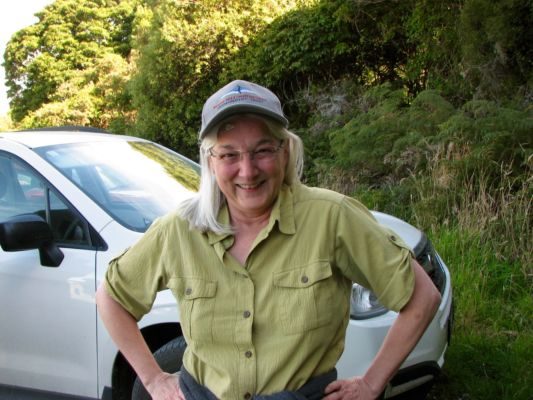
Bluff Hill, at the southernmost tip of the South Island, is home to one of the few mainland colonies of titi/muttonbirds in New Zealand. Hundreds of birds have their burrows on the hillside and their arrival every evening and departure again at dawn makes for a spectacular sight. But one dawn morning back around mid … Continue reading Titi inspires formation of Bluff Hill group
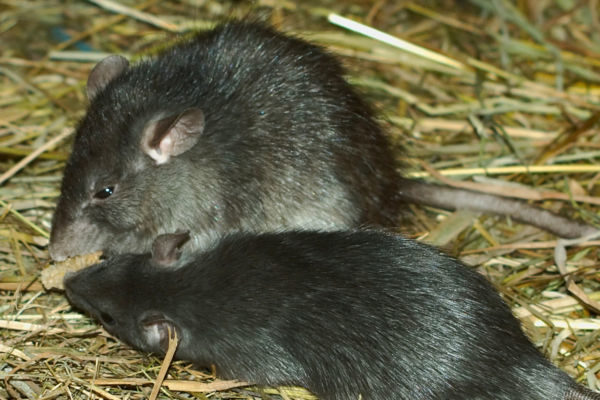
Rats are fastidious groomers. So how does an animal that grooms frequently react to the prospect of running through viscous tracking ink? Are rats reluctant to get their feet dirty – and if so, what are the implications for tracking tunnel monitoring? Prof. Carolyn King and fellow researchers at the School of Science, University of Waikato … Continue reading Do rats mind inky feet?
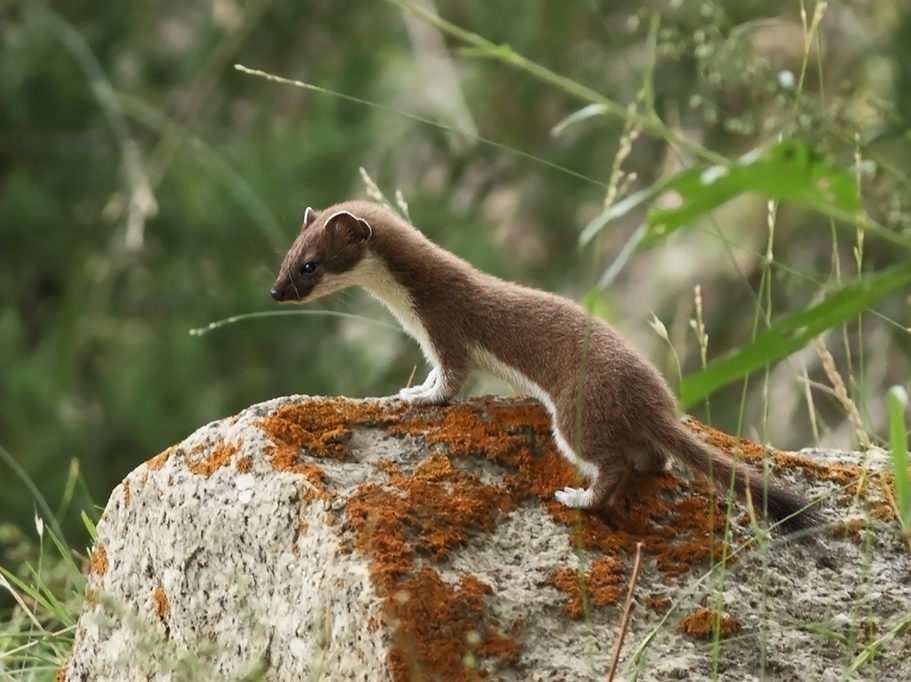
The A24 self-resetting trap has been around for a year or two now, but development of the product and testing of its capabilities continues, along with evaluations of how best to utilise the traps in ‘real world’ predator eradications. Darren Peters from DOC, along with the team from Goodnature have recently been putting A24s to … Continue reading A24 vs Stoats – island experiment deemed a success
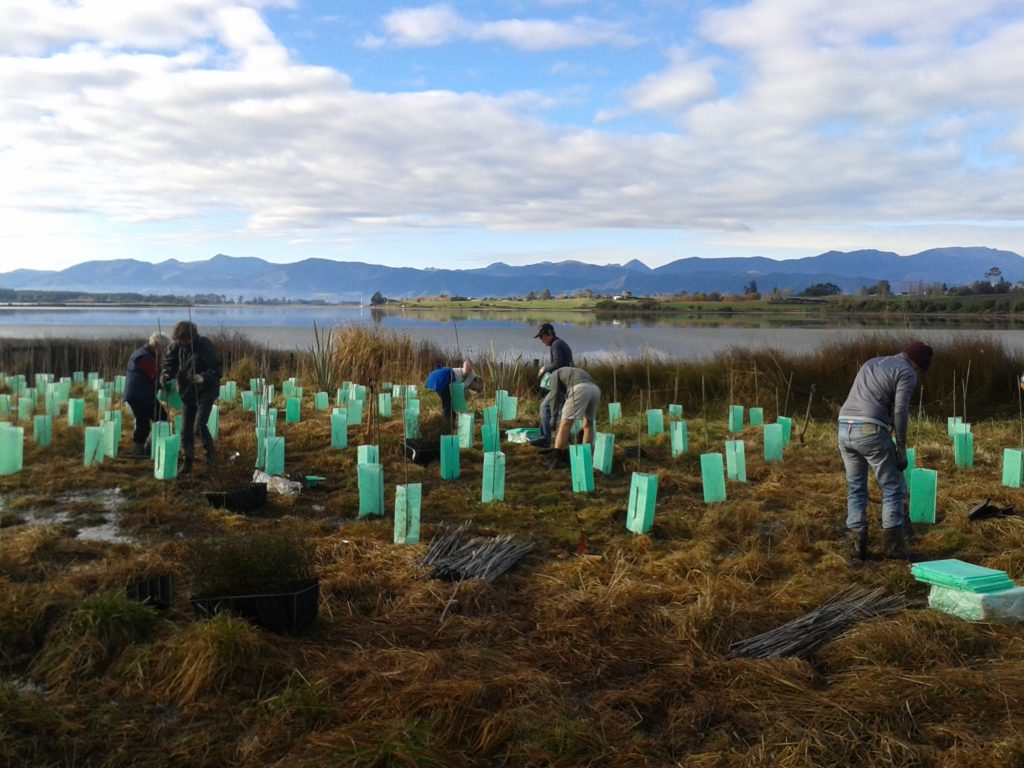
Tracey Murray, Trapping Field Officer for ‘Battle for the Banded Rail’ recently bought 150 mesh tea-strainers online, importing them from a manufacturer in China. So what does anyone do with 150 mesh tea-strainers? Tracey handed them out to her volunteer trappers at a recent ‘Trapping Workshop’ get-together – and not because her volunteers enjoy a … Continue reading Tea-strainers help fight ‘Battle for Banded Rail’
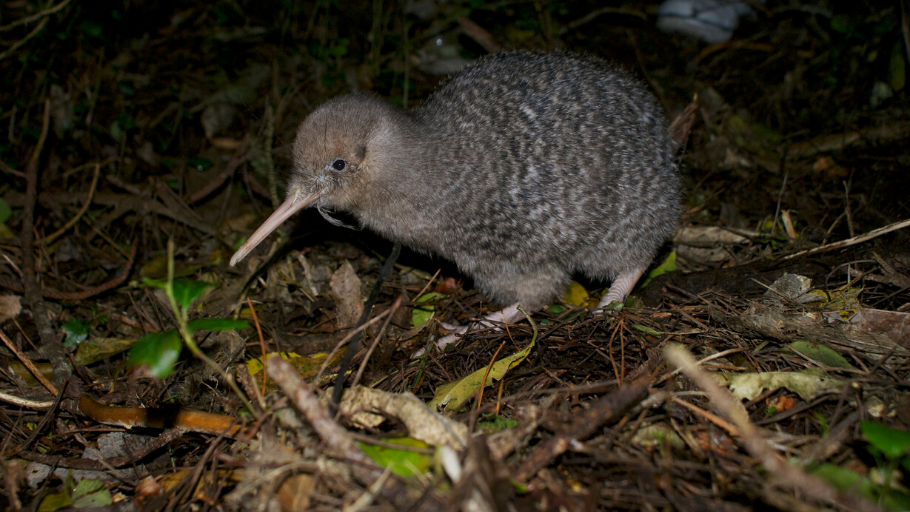
Birds can spend a significant portion of their lives at roosting sites – up to two thirds of their time – so it makes sense that suitable sites are important to them. With translocation being a key strategy in rare species management, it would be good to know what features our bird species value in … Continue reading What makes a great kiwi burrow?
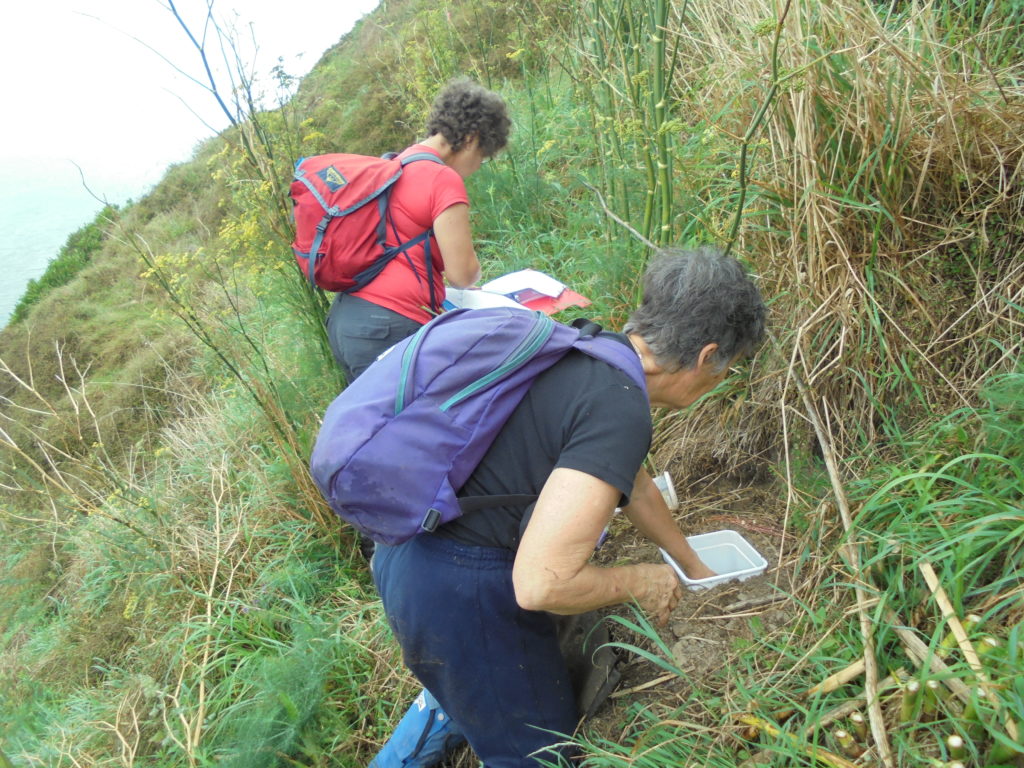
‘Many hands make light work’, so the saying goes – although in the case of the Kapiti Coast community, it’s a matter of ‘many volunteers make radio work’. Conservation volunteers, other community members and innovative technology companies from Paekakariki and as far away as Great Barrier Island have all contributed time and expertise. Together they’ve … Continue reading Traps, technology and lizard tales on the Kapiti Coast
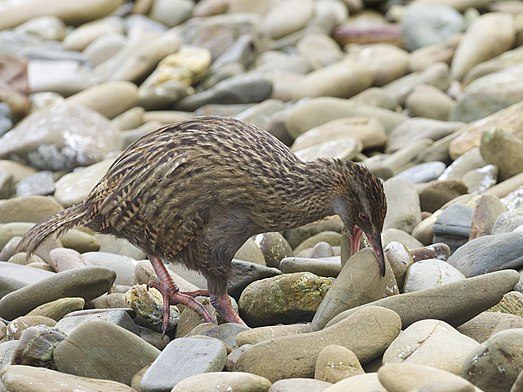
Weka are largish, robust-looking and with a keen curiosity that suggests they’re no birdbrains. They’re also opportunist pilferers if there’s chook food around or even leftovers in the dog’s bowl. They’re tough enough that in some cases they’ve had to be eradicated from offshore islands because of their predation on more vulnerable native birds. So … Continue reading Weka are tough – but are they tough enough?
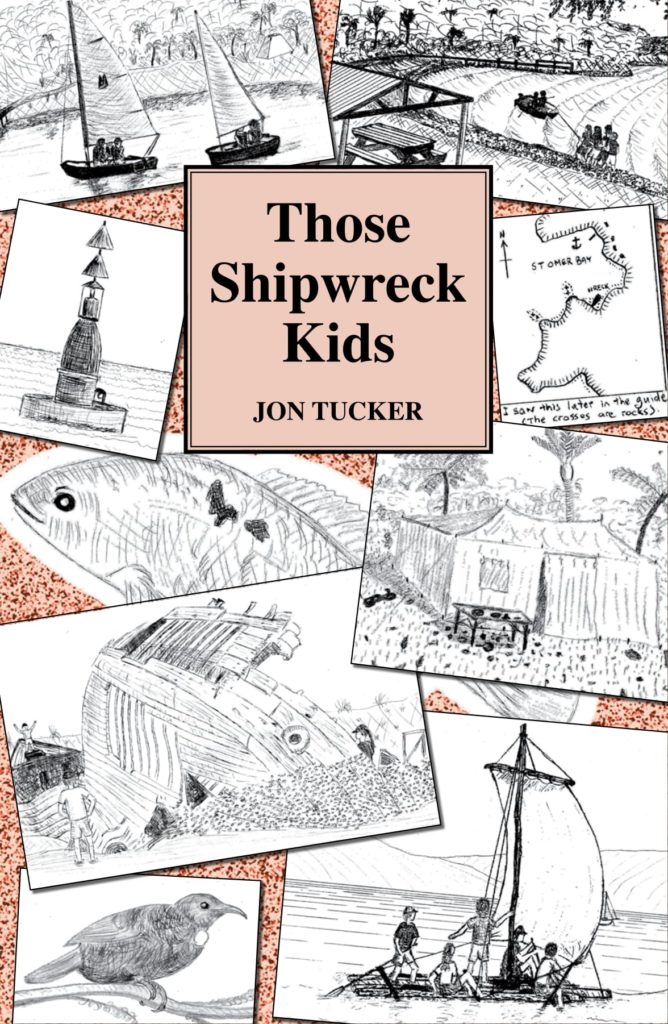
Jon Tucker’s Those Kids series is set of linked sailing adventure books featuring some Kiwi and Aussie kids coping with unexpected challenges, whilst learning about contemporary environmental issues along the way. Targeted at year 6 to 9 student level, they are each around 200 pages of compelling high-interest content laid out in illustrated readable-length chapters. This structure … Continue reading An adventure series with an environmental message
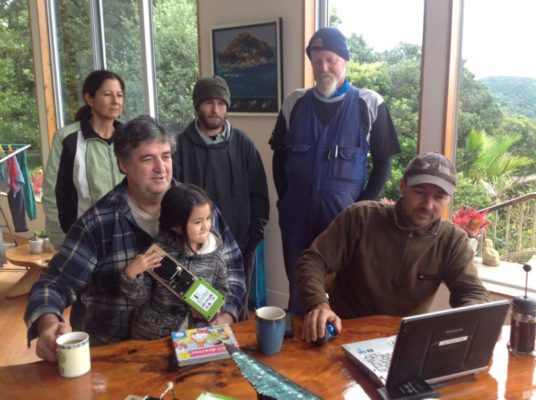
Behind the doors of ordinary Kiwi garages, some astonishing things are happening. Take, for example, a garage somewhere in the suburbs of Upper Hutt, where a robot is currently assembling circuit boards for the Econode designed remote trap sensor devices. Meanwhile, back at Econode ‘home base’ on Great Barrier Island, Matt Way is working in … Continue reading Robot in garage assembles Econode circuit boards
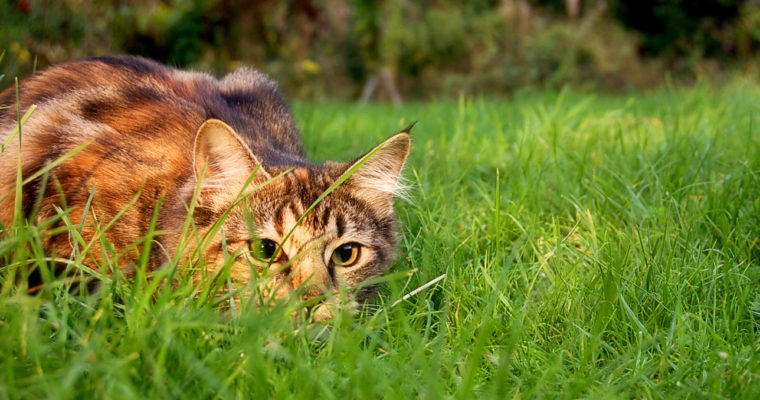
Cats, cat management and the impact of cats on conservation – it seems that everyone in New Zealand has an opinion and a significant proportion of us own at least one companion cat – but what is actually known about the multiple roles of urban cats in New Zealand? It is becoming an increasingly important … Continue reading City cats – what don’t we know and how can we find out?
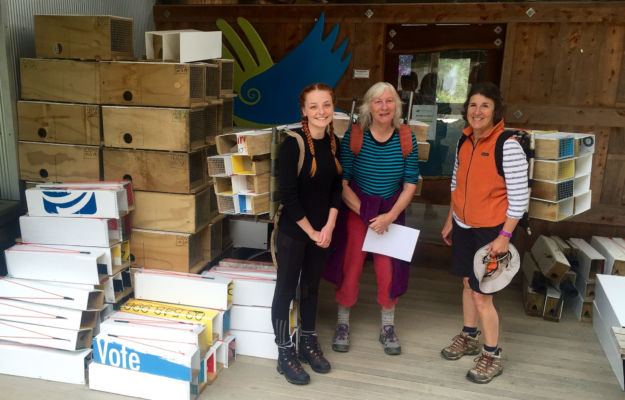
It has been estimated that between 25,000 and 45,000 people belong to community-based environmental groups in New Zealand. That’s a lot of volunteer work and, as the estimate was made in 2011, numbers since then are likely to have grown. There’s also a pretty wide range of uncertainty in those estimated numbers – 25,000 to … Continue reading Survey investigates huge volunteer contribution
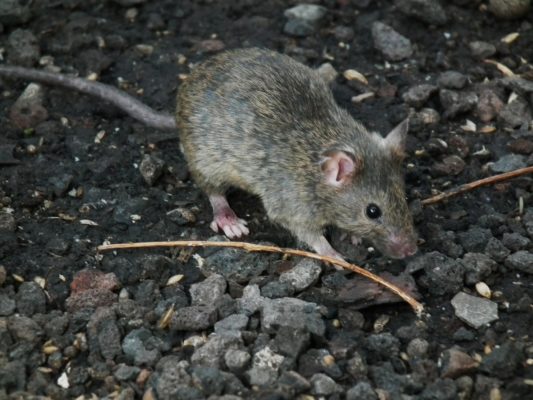
When there’s a mouse in your pantry you notice – but in the wider environment they’re common and inconspicuous. It’s difficult to know what impact mice have in a forest or wetland environment because mice are overshadowed by – and food for – their bigger predator rivals, including rats, stoats and feral cats. So should … Continue reading Mice – should we be worried?
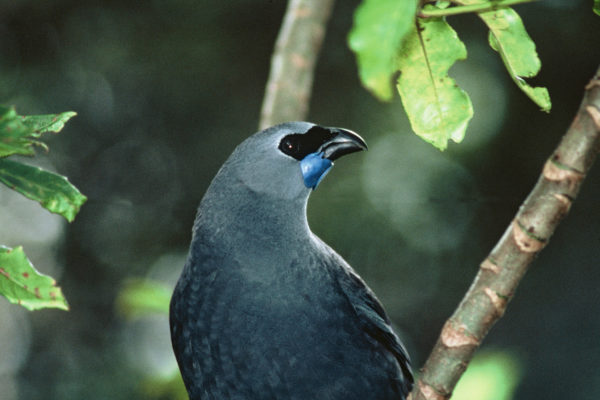
The kokako are back and breeding successfully in Northland’s Puketi Forest, but it’s been a long battle to get them there – a battle fought by the Puketi Forest Trust in partnership with Iwi, the local community and the Department of Conservation, helped out by strong sponsorship support from individuals and philanthropic funders like Foundation … Continue reading Puketi Forest Trust’s battle for kokako leads to breeding success
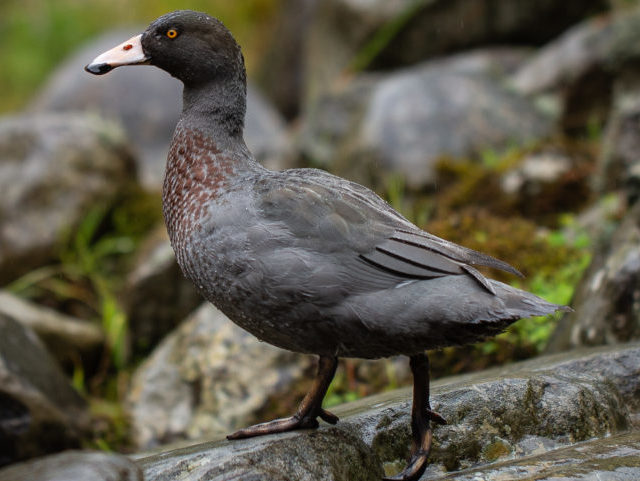
Blue ducks (whio) live in both the North and South Island – they’re isolated by distance, but how isolated are they genetically? Physically there are visual differences – the South Island whio is larger, for example. But just how deep do those differences go? Genetic difference matters when it comes to conservation management – especially … Continue reading Blue ducks – how different is ‘different’?
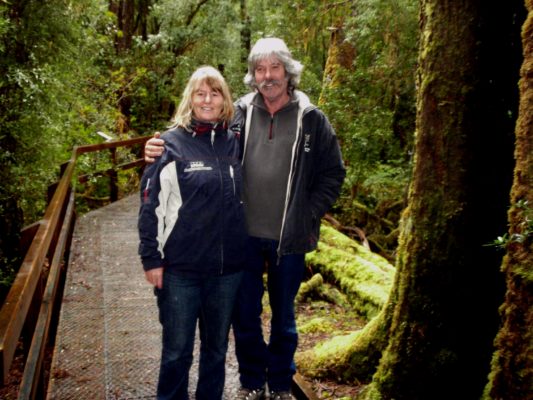
‘When children’s author, Jon Tucker, was a teenager growing up in Nelson, he married the girl next door and they began to build a boat together; not just a dinghy or small sailboat, but an “old-fashioned, romantic” traditional ketch that they named ‘New Zealand Maid’. Jon and Babs later became teachers and had five sons … Continue reading Children’s author goes ‘predator free’ in latest adventure novel
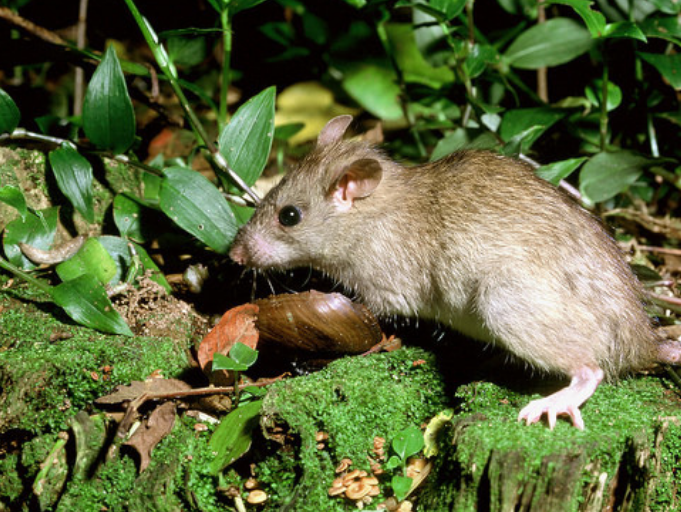
Ship rats are known to be good and climbing trees – but what are they like at climbing mountains? If our climate gets warmer, might rats go to new heights in the search for new territory and food? Scientists Jennifer Christie and Graeme Elliott from DOC’s Christchurch office, along with Peter Wilson and Rowley Taylor … Continue reading Rats, elevation and implications of climate change
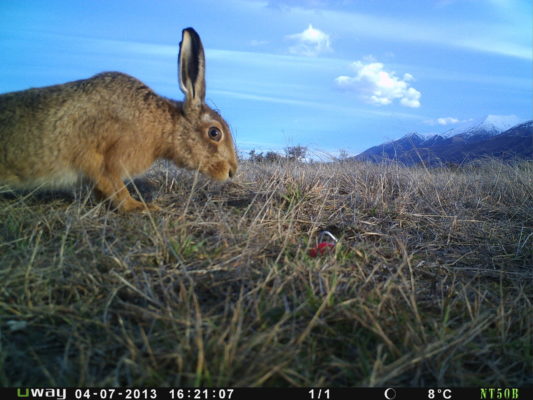
Monitoring cryptic animals is one of the big challenges of becoming predator free, according to Auckland-based Landcare Research scientist, Dr Al Glen. “Predators are cryptic,” he says, “and when they’re in low abundance, it’s very hard to detect the last few. Better monitoring is a priority.” Al’s recent research has involved both motion-triggered camera traps … Continue reading Al Glen captures predator portraits on camera
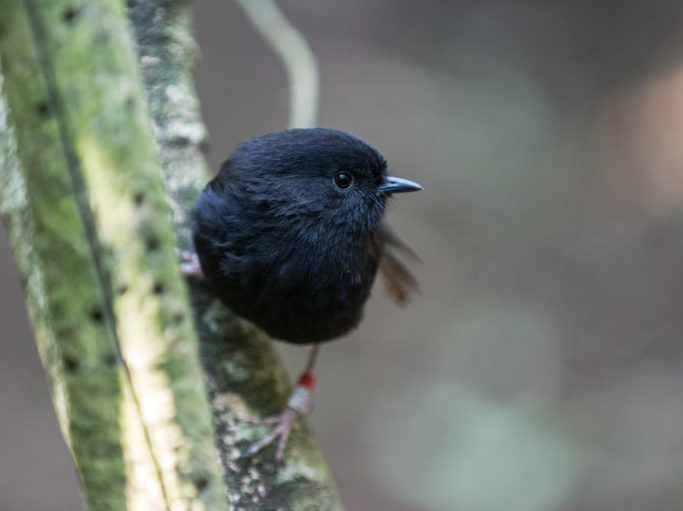
Conservation genetics has implications for all sorts of conservation measures. Whether it be choosing the source birds for a translocation to a new sanctuary to ensure sufficient genetic diversity, ‘forensic’ type investigations to identify the source of a newly arrived predator on an island (where a swimming stoat has come from, for example), or research … Continue reading Conservation geneticists want to build a bridge to DOC
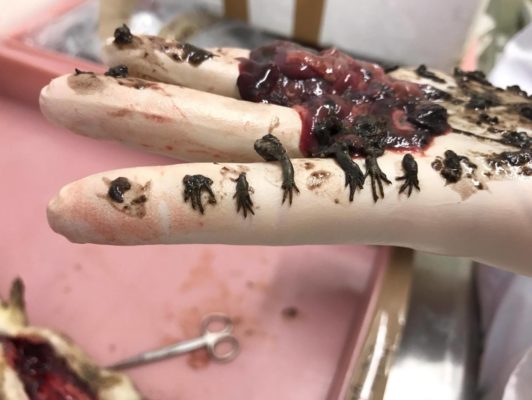
WARNING: [stomach] contents may disturb sensitive readers. When Jamie McAulay opens his mail in the morning he often finds “a lovely, delightful, maggoty mess!” Jamie is a Masters student in the University of Otago’s Zoology Department and lately conservation volunteers and professional trappers from Nelson to Fiordland have been posting him their dead stoats. ‘How … Continue reading Stoat research is not for the squeamish
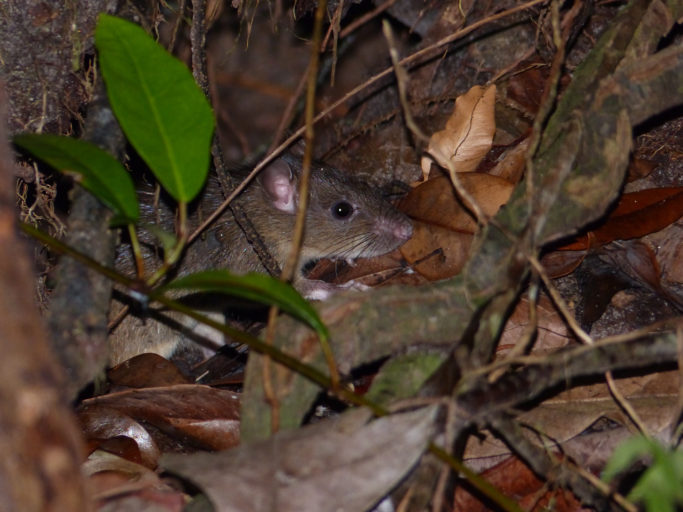
Breakthrough genetic technologies are likely to play a key role in achieving a predator-free future. But it’s important that we understand what the various technologies are now – as they’re being developed – not when they’re about to be implemented. We need to debate the issues and become as informed as possible; to know if … Continue reading What’s the story with genetic pest management (GPM)?
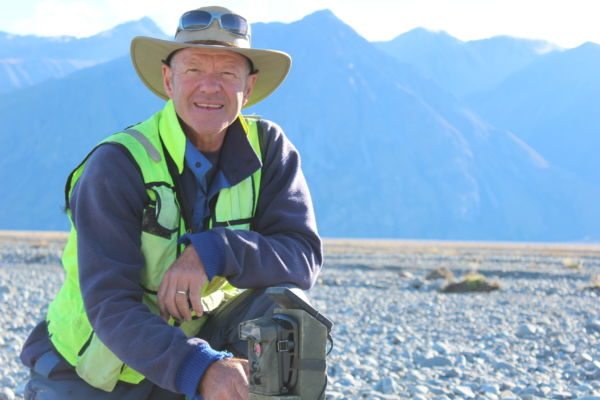
Mostly we get rid of introduced predators by, well – killing predators. It works, up to a point. But if you can’t get rid of every single rat or stoat then the few survivors suddenly find themselves with ample food supplies and very little competition. They breed and they breed very successfully. Numbers climb rapidly … Continue reading Putting the case for ‘bottom up’
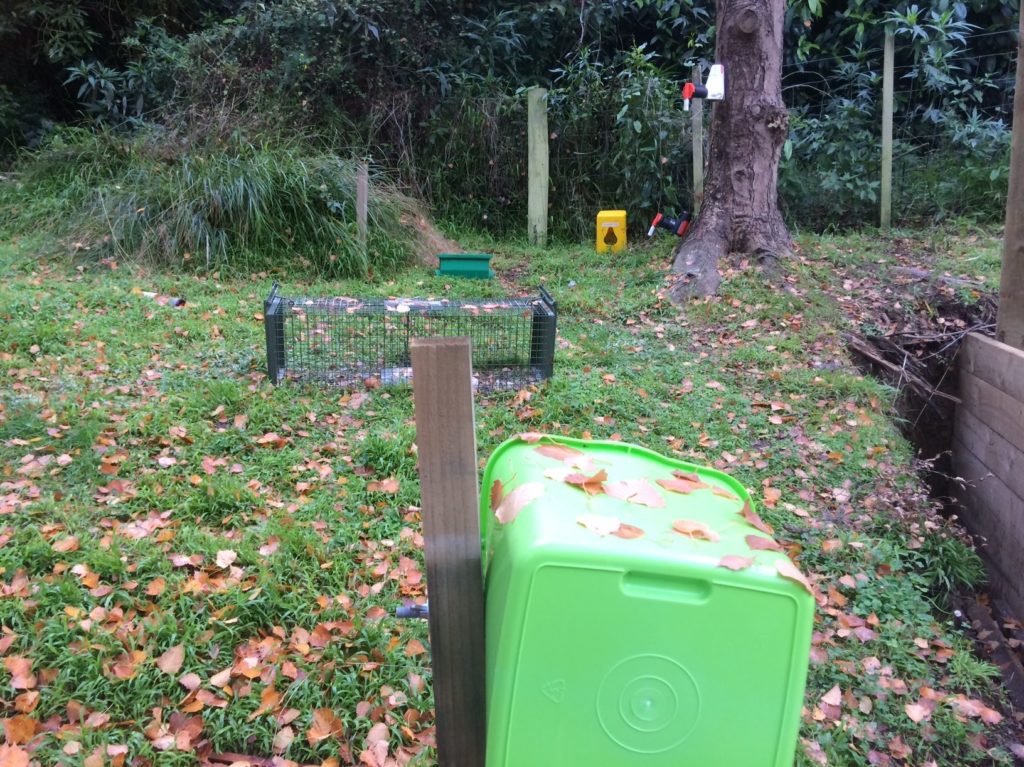
Early New Zealand was noisy. Cook and his crew experienced a ‘cacophony of sound’ on their first voyage. It’s that loud, raucous, exuberance which Banks Peninsula engineer and inventor Grant Ryan is aiming to restore through an open source technology project he has initiated. “There are two key defining features about the Cacophony Project that make … Continue reading Open Source is key to bringing back the cacophony
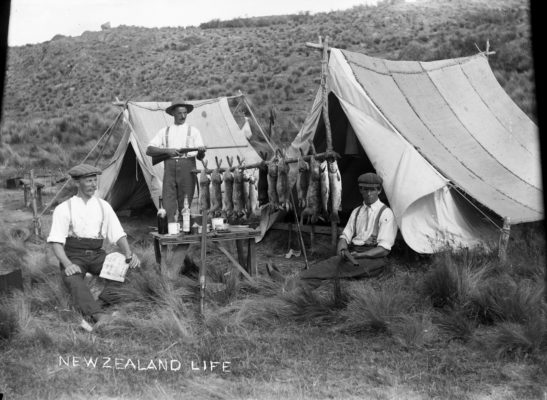
Why did they do it? What possessed New Zealand’s government of the day, its citizens and acclimatisation societies to introduce rabbits and then stoats? It’s easy to judge in hindsight. But perhaps we should do more than judge. A better understanding of what they were thinking at the time might help stop us making similar … Continue reading Liberation of stoats and weasels – a look back in time

Mapua Dawn Chorus held an open day recently to kick off their backyard trapping. There’s already an extensive trapping network around the nearby Waimea estuary, but with funding from the Predator Free Communities programme the Mapua Dawn Chorus are extending into the township of Mapua. The open day was on a Saturday when a lot … Continue reading Icy beginning for Mapua Dawn Chorus
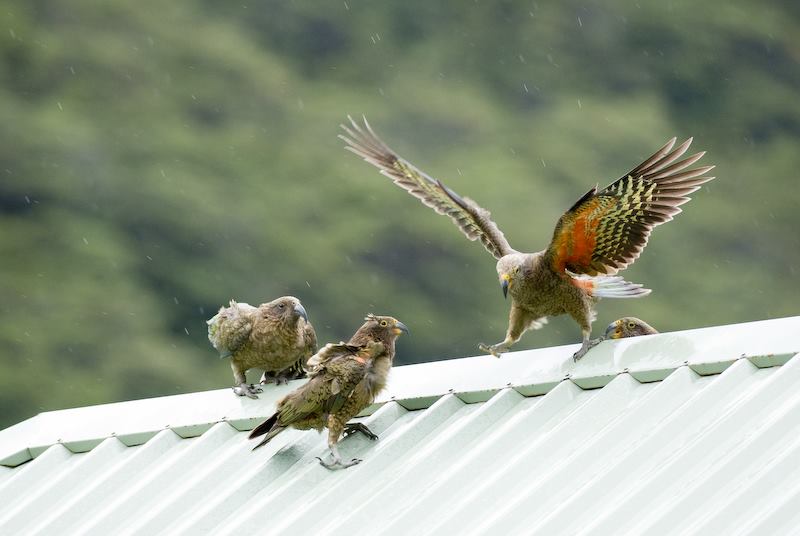
Kea numbers are decreasing. Nesting adult females, their eggs and chicks are highly at risk from mammal predators. But are there other, invisible risks too? Extinction risk isn’t simply a numbers game – it’s not just the population size of a species that indicates whether it’s at risk of becoming extinct. It’s also the genetic … Continue reading Genetic diversity – what do we know about kea?
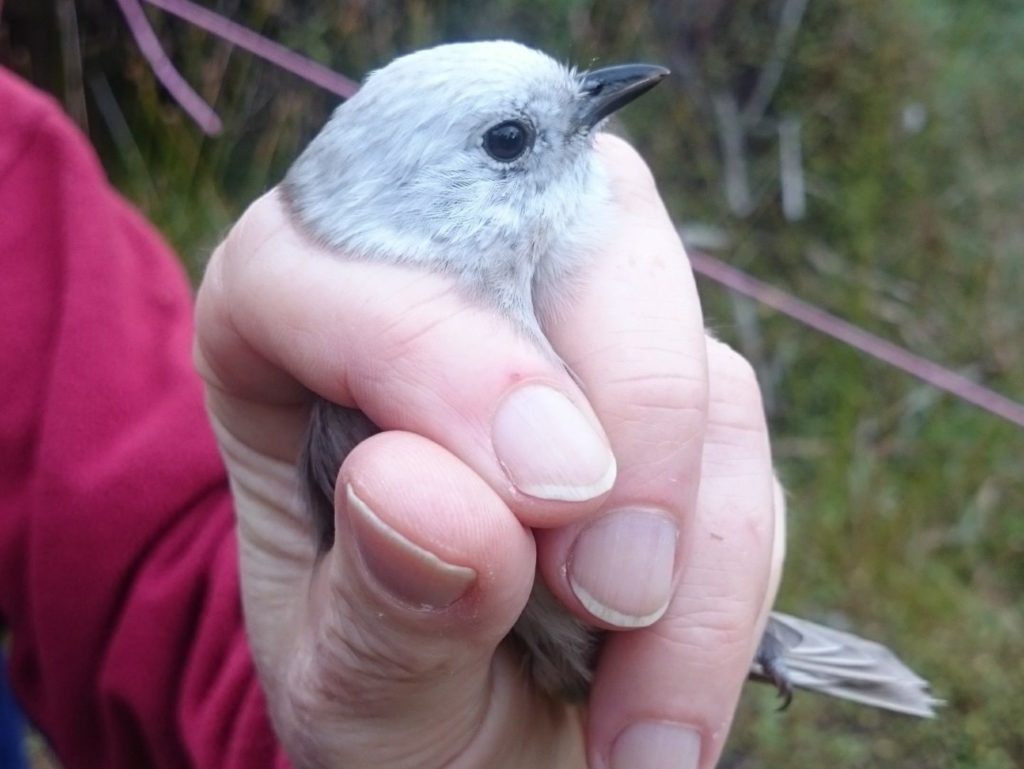
There’s a new song being sung in the Bream Head dawn chorus and it’s being sung by a 100-strong choir of ‘bush canaries’. In May this year a hundred popokatea or whiteheads (also known as bush canaries) were translocated from Tiritiri Matangi Island in the Hauraki Gulf to Bream Head Scenic Reserve near Whangarei – … Continue reading Whiteheads rejoin Bream Head dawn chorus
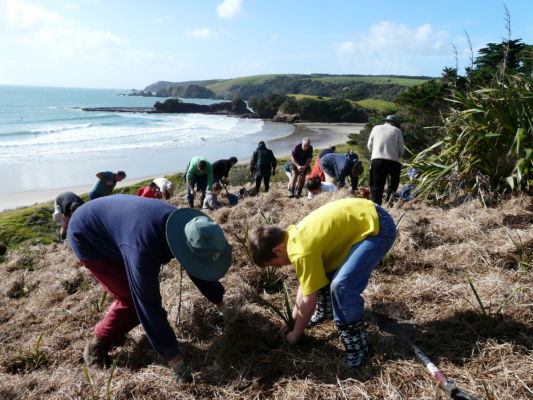
“Nearly 2 million tourists came to New Zealand last year. Few if any came to go shopping,” says Parliamentary Commissioner for the Environment, Dr Jan Wright, in her newly released report. “Wilderness is becoming increasingly scarce around the world, and in scarcity lies value,” she continues. Dr Wright is very clear about what she thinks … Continue reading PCE Report – More $$ for conservation, more support for groups
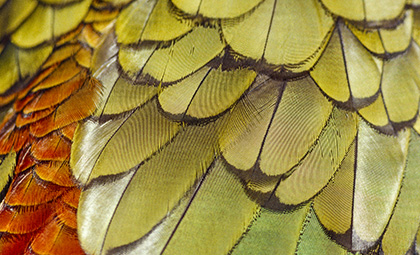
Preserving, restoring and creating habitats for our wildlife doesn’t just mean planting trees and saving forests. It’s not just nature reserves and national parks. Braided rivers, sand dunes, alpine regions and wetlands – farmland and even urban gardens – are important habitats too. Recommendations 4 and 5 in the Parliamentary Commissioner for the Environment’s report, … Continue reading PCE Report – Birds need habitat and lots of it!
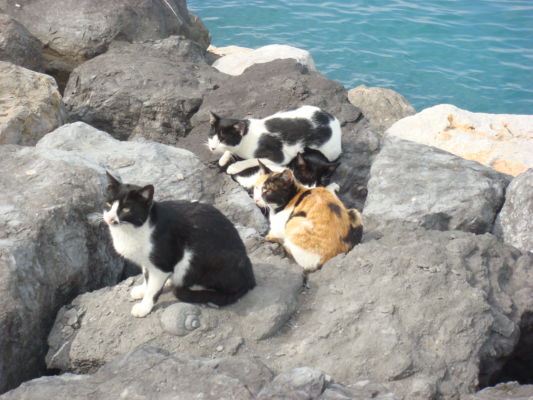
Developments in genetic science may give us the ultimate predator-free breakthrough one day, but we can’t sit back and wait for that to happen. “If we do,” warns Parliamentary Commissioner for the Environment, Dr Jan Wright, “the patient will die before the hospital is built.” Birds and other native wildlife are dying now. We need … Continue reading PCE Report – Research priorities and future promise
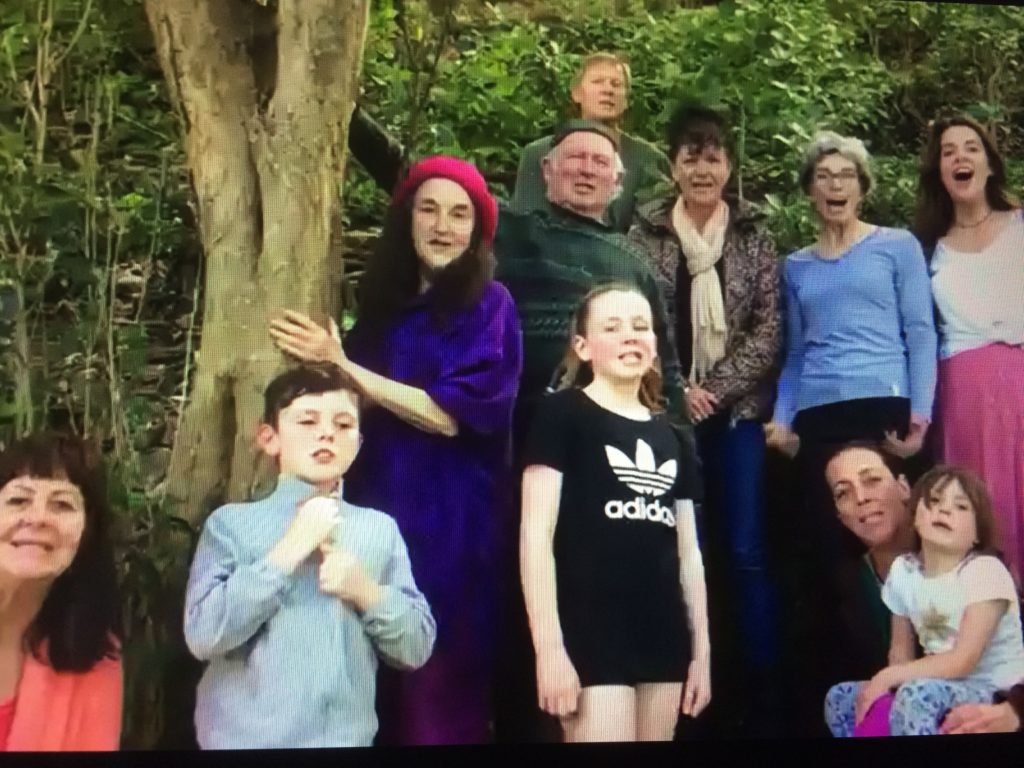
The small Auckland community of Karaka Bay is only just getting started on their backyard trapping programme but they’re already noticing a difference in their community. It’s a difference in themselves. “I’ve lived here 15 years,” says trapping coordinator Mary Pearson, “And this is our first community project since I’ve been here. Since it started … Continue reading Kiwibank funding inspires Karaka Bay community spirit
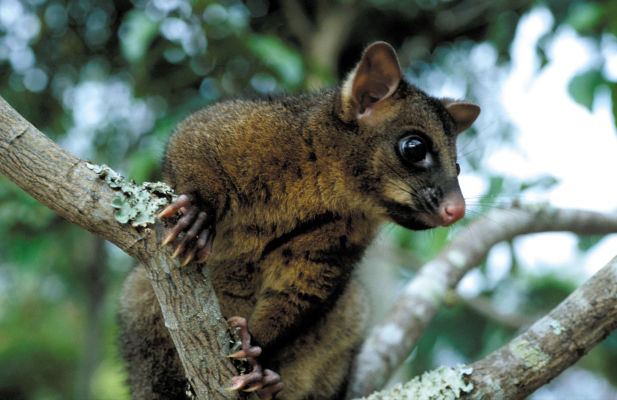
Jan Wright, Parliamentary Commissioner for the Environment, has written a comprehensive assessment of the current state of New Zealand’s birds – a taonga of our nation – and has made a number of recommendations for what needs to be done about the issues we face. “Of our 168 native bird species, just 20% are doing … Continue reading PCE Report – Where’s the plan?

Last week Dr. Jan Wright released her penultimate report as Parliamentary Commissioner for the Environment. Titled “Taonga of an island nation”. It has been widely supported and will hopefully help focus our attention to save the species that desperately need our help. We will be delving into the report in more detail in the coming … Continue reading PCE Report — 5 Things You Need to Know
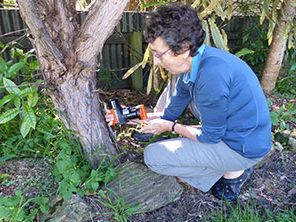
When Picton organisers heard they’d won a competition to become a Kiwibank Predator Free Community earlier this year, they called a public meeting – and a hundred people turned up! “It was a very good turnout,” says co-ordinator Siobain Browning. “The Kiwibank funding gave us the opportunity to organise a big event and talk to … Continue reading Kiwibank helps launch Picton backyard trapping initiative
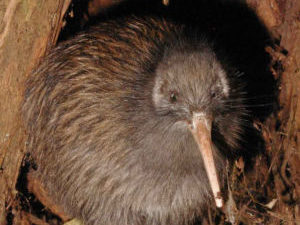
Kiwi call counts are an important monitoring tool in kiwi recovery projects, but just how accurate are they? The time of night you choose, the weather, the season and other environmental factors can all potentially affect kiwi calling and best practice recommendations have been formulated to reflect this to some extent. So how much influence … Continue reading Study investigates kiwi call count parameters
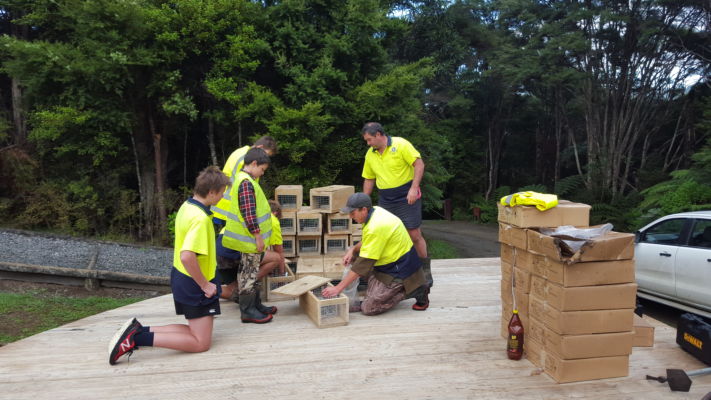
Gerald Mannion has a story about the ‘moment of truth’ when he and fellow Tangihua Lions Lodge trustees realised just how much damage introduced predators had done to their forest. But first, a little background… Thirty years ago, the Whangarei Mid Western Lions, a bunch of local farmers, decided that all young people should have … Continue reading Tangihua Lions Lodge expands its outdoor programme to combat predators
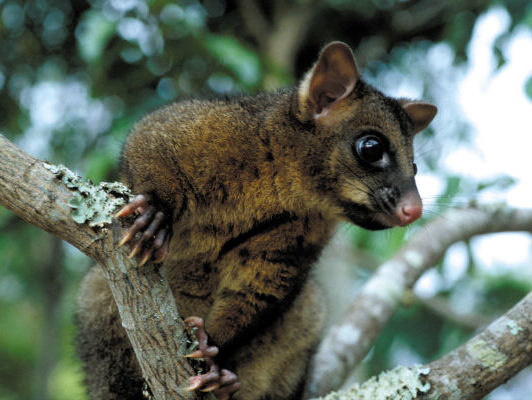
A predator-free New Zealand is going to require landscape scale removal of possums, rats, ferrets, stoats and weasels – and possibly other species such as mice and feral cats as well. The problem – or at least one of the problems – is how do you humanely remove some species without endangering others that share … Continue reading Genome-mining to find toxins that are species-selective
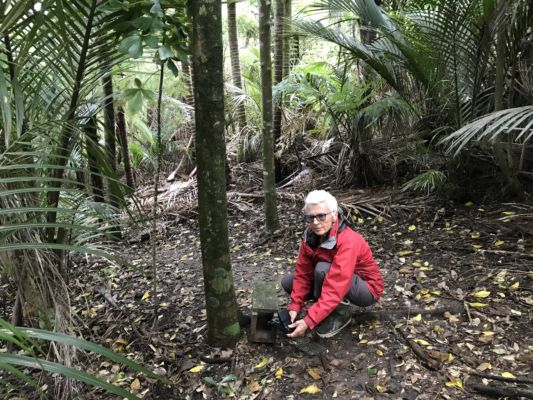
Conservation is a family activity for the Walker family on Great Barrier Island. Alison Walker’s grandson Ari is only 3 ½ years old, but he’s already doing his bit. “He loves to check the trap boxes,” says Alison, “and calls out ‘rat here, Nana’ or ‘no rat’. Even since he could walk he’s been all … Continue reading Walker family tackle Great Barrier rats together
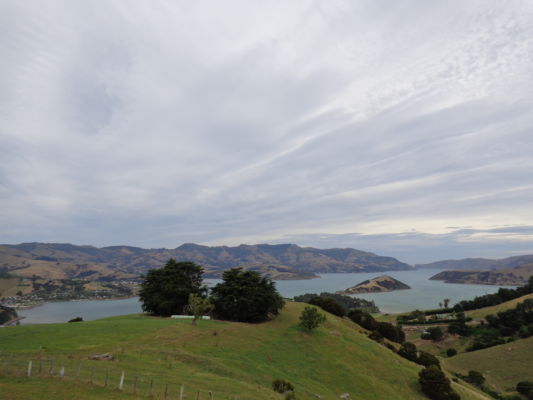
In geologically ancient times, Banks Peninsula was a group of volcanic islands and even now is only connected to the mainland by a narrow strip of land. That makes the Peninsula of particular interest as a possible trial site for non-fenced mainland predator eradication. So could it be done? Using current technology, could Banks Peninsula … Continue reading Achieving a predator free Banks Peninsula – costs revealed
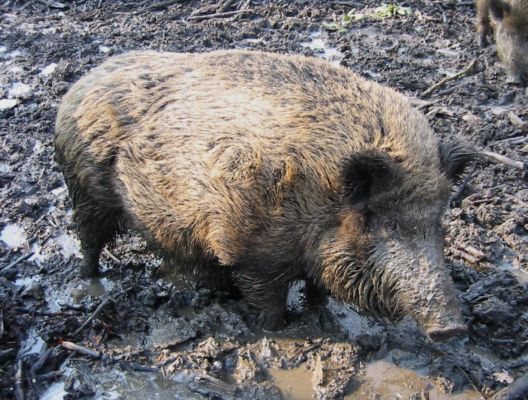
Last year, when the NZ Government announced its Predator-Free 2050 goal, it also included some interim goals to be achieved by 2025 – now just eight years away. One of those goals is that: ‘by 2025 we will have eradicated all mammalian predators from New Zealand’s island nature reserves’. It sounds ambitious for an 8-year … Continue reading PF 2025 interim goals – what will it take?
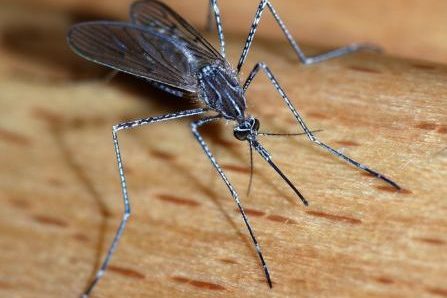
We’ve got a pretty good idea of the damage being done to our native wildlife by introduced predators, but when it comes to introduced diseases, there has been little research done on the impact those diseases might be having. Take, for example, the parasitic disease avian malaria. Like human malaria, avian malaria is a mosquito-borne … Continue reading Avian malaria – is it a threat?
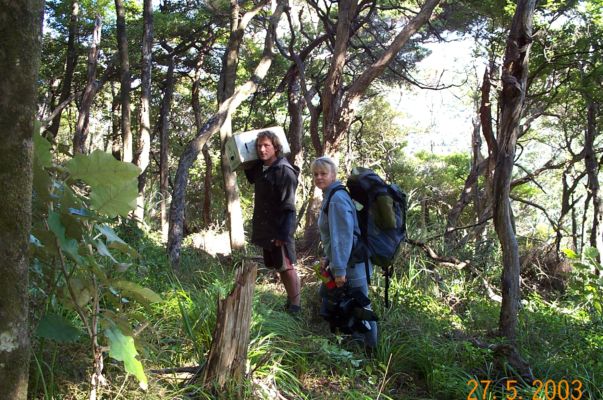
Conservation projects can benefit more than just the local wildlife. There can be significant community benefits too. When a community benefits, their support for conservation grows. Everybody wins. A long-running restoration project on Great Barrier Island shows just how much a local community can gain if a commitment is made to help local people through … Continue reading Windy Hill restoration brings employment for community
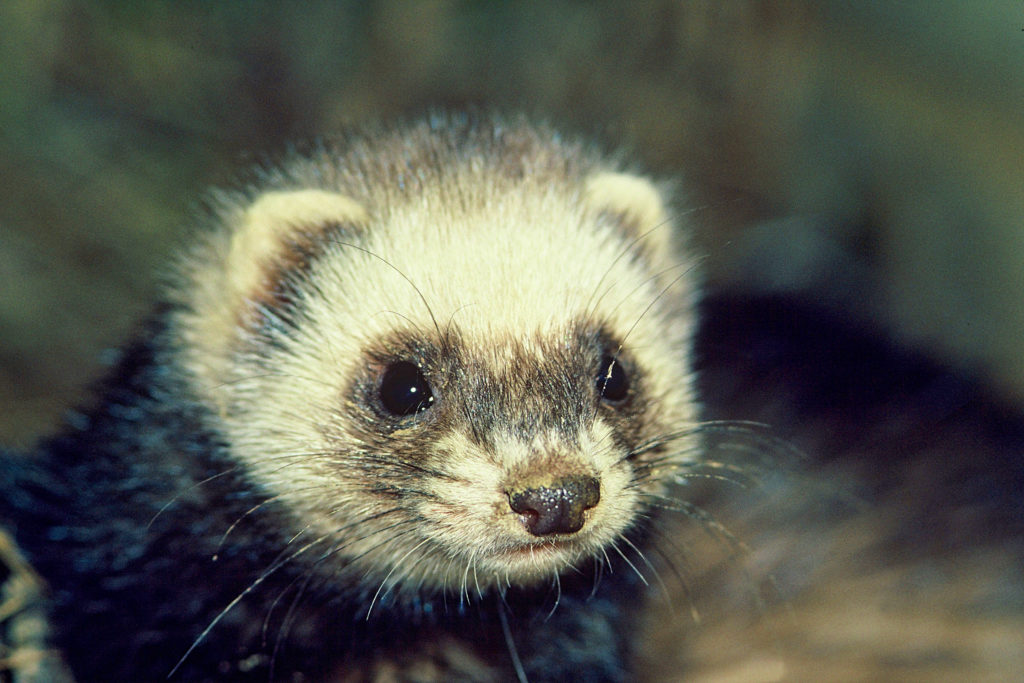
When scientists Patrick Garvey (University of Auckland), Alistair Glen and Roger Pech (Landcare Research, Lincoln) tested the response of 18 wild-caught stoats to the scents of bigger, dominant predators, the response of the stoats was the opposite of what they expected. The researchers used towels from the bedding of ferrets and cats (familiar top-order predators) … Continue reading Predator scent may be key to developing long-life lures
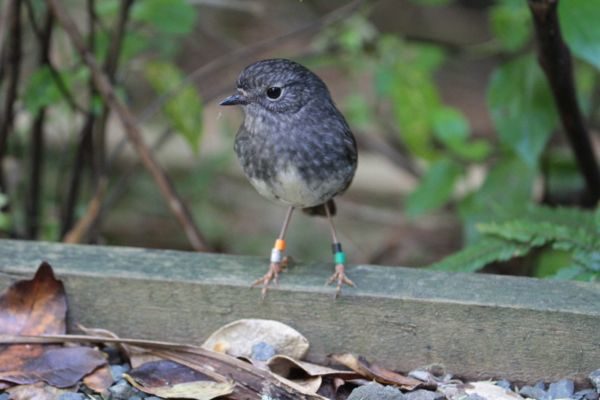
Observant visitors to Shakespear Regional Park recently, may have observed a sheep wearing a transmitter. They might even have spotted volunteers, dressed in high-vis vests, in pursuit of that sheep, tracking it with direction-finders. Anyone witnessing this intriguing spectacle no doubt wondered why… Shakespear Park is located on the Whangaparaoa Peninsula, 50 minutes north of … Continue reading Shakespear volunteers welcome new birds to park
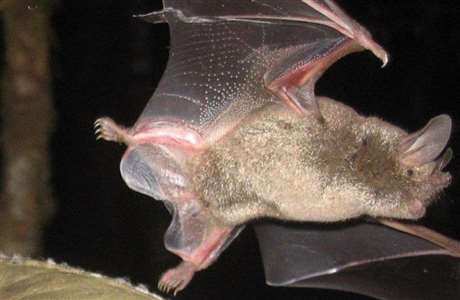
As our only native land mammal, bats are both vulnerable to introduced mammal predators and potentially vulnerable to the methods used to control those predators. It is critically important therefore, that any ‘collateral’ harm done by the control method is significantly less than the damage that would have been done by the predators that are … Continue reading Long-term study reveals bat response to predator control
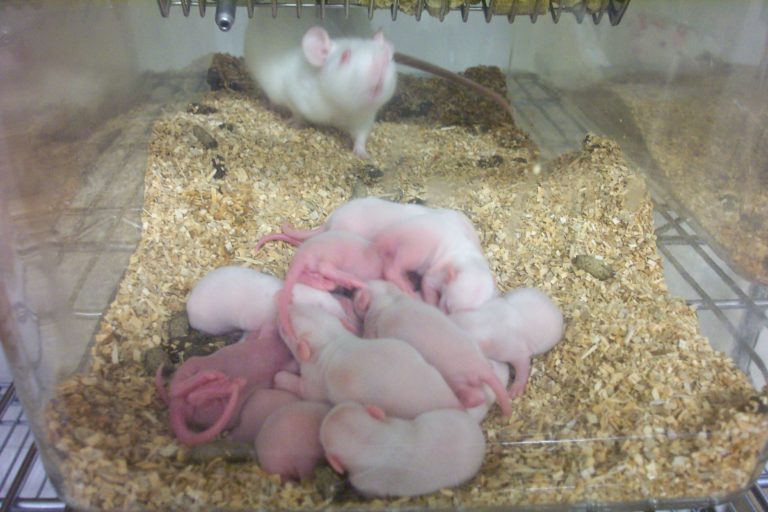
Rats are a uniquely serious problem on islands such as New Zealand where there has been a rodent-free evolution of our wildlife and plantlife, but scientists around the world are also looking for better ways to control rats because of their disease-carrying and food-spoilage attributes. Black (ship) rats with their tree-climbing abilities are New Zealand’s … Continue reading Canadian researchers come up with innovative rat-luring techniques
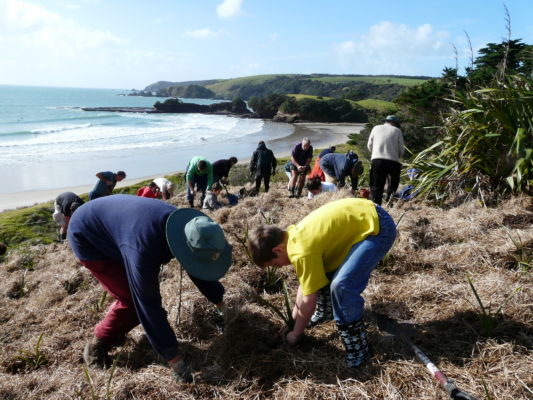
Lack of forest habitat or introduced predators – which is the biggest barrier to native biodiversity in New Zealand’s lowland landscapes? Can they even be considered separately? Is there any point in restoring habitat if you don’t get rid of predators and conversely, are there any benefits from eradicating predators if the habitat available to … Continue reading Conserving biodiversity – what should be prioritised?
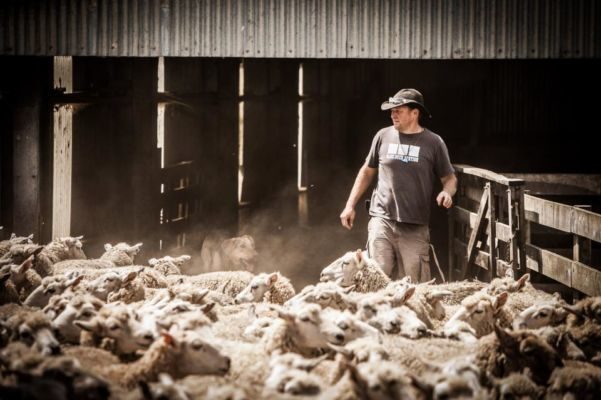
At Blue Duck Station, in the Ruapehu District, you’ll find (no prizes for guessing)… blue ducks! In fact Blue Duck Station has one of the highest concentrations of whio and also kiwi, in New Zealand. “There are about 10 pairs of blue ducks on and around the station,” says owner and manager, Dan Steele. “And … Continue reading Remote Blue Duck Station is haven for whio, kiwi and bats
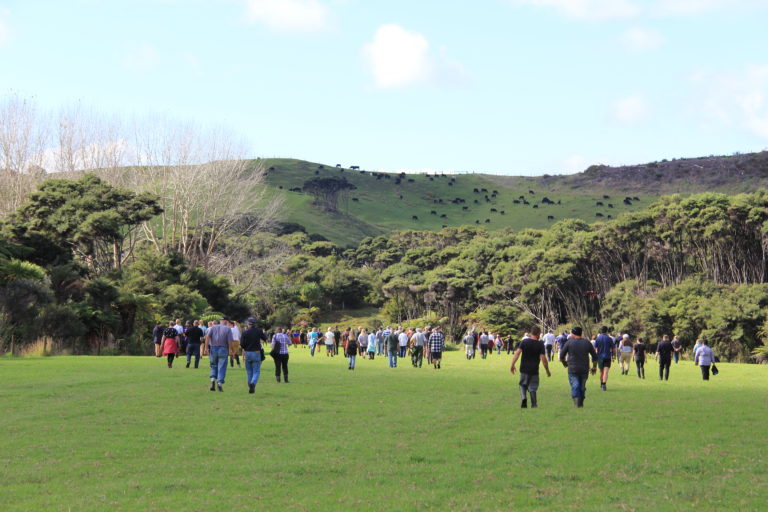
Rats are the introduced predator that homeowners are most likely to combat, according to the results just out from the 2016 ‘Public Perceptions of New Zealand’s Environment’ survey, with almost all respondents who had rats present, reporting that they attempted to control the rats near their home. Poison was the most frequently reported method of … Continue reading Survey reveals public predator control efforts
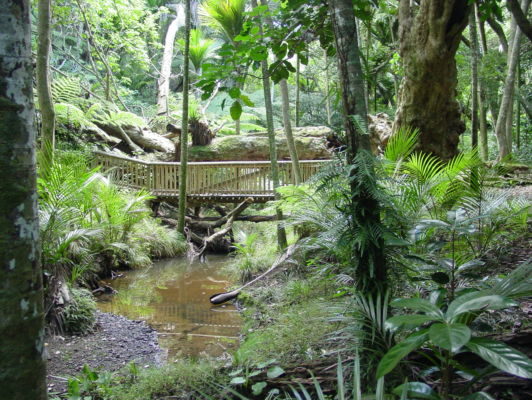
One day last month Alison Stanes, Chair of the Tāwharanui Open Sanctuary Society Inc (TOSSI) was at Tāwharanui monitoring New Zealand dotterels. During the course of the day she saw seven dotterel chicks near fledging, checked on a kaka chick that had fallen out of its nest to make sure that its parents were still feeding … Continue reading Tāwharanui success is model for open sanctuaries
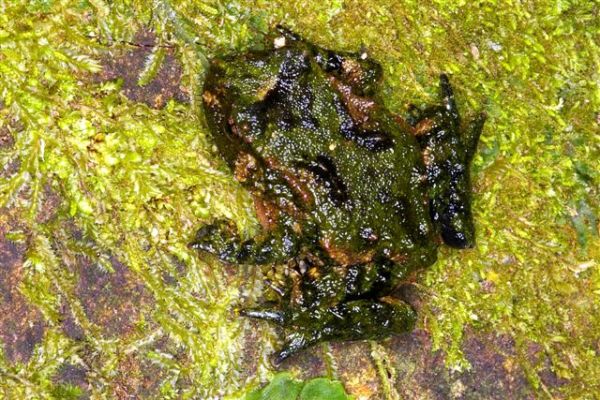
When planning began for Maungatautari Ecological Island Sanctuary, no-one knew that a population of New Zealand’s endemic Hochstetter’s Frog lived within the sanctuary’s planned fenceline. For once, one of our threatened species was in the right placed at the right time and it’s discovery was an exciting surprise… Hochstetter’s Frog is classified as ‘At risk … Continue reading Serendipity helps Hochstetter’s Frogs
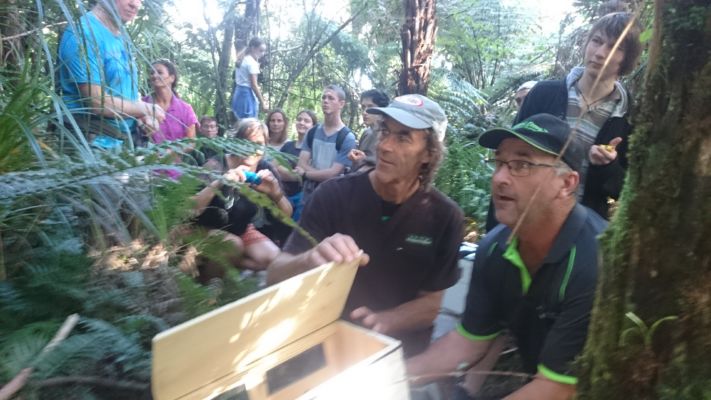
In 2013, rangers at Bream Head Scenic Reserve, in the Whangarei Heads area, discovered a species of skink completely new to science. It is just one of the exciting discoveries made by Bream Head Conservation Trust. The coffee-coloured skink is a distinct species – appropriately named Oligosoma “Bream Head” – and is found within an … Continue reading New skink species is one of many Bream Head discoveries
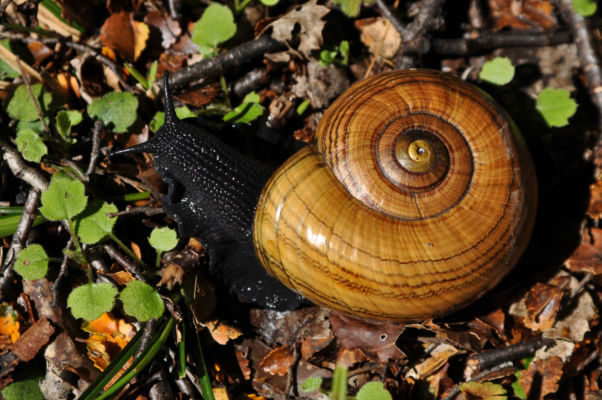
If you want to measure the abundance of birds in a forest you can count how many you see or record the birdsong you hear. But how do you monitor whether your predator control is increasing invertebrate diversity? As some of our larger invertebrates such as tree weta and stick insects are likely to be … Continue reading Frass drop – finding clues from the poos
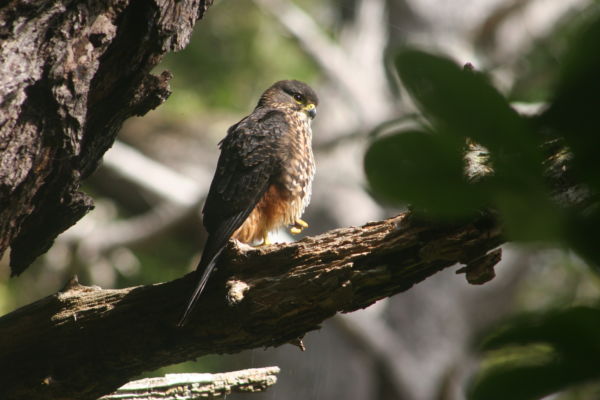
‘Raptors vs aliens’ – it sounds like the latest Hollywood blockbuster, but it’s actually the title of a paper published in the NZ Journal of Zoology at the end of last year. Written by NZ Landcare Research scientists A.S. Glen and R.P. Pech, along with two Australian authors, the research investigates the complex relationship between … Continue reading Raptors vs aliens – might it work?
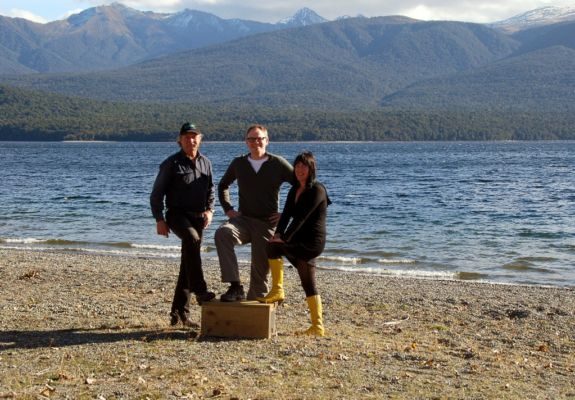
“DIY – it’s in our DNA,” according to the TV advertisement slogan of a well-known New Zealand hardware chain. Kiwis pride themselves on their practical skills – their ‘can-do attitude’ and ‘do-it-yourself’ fixing skills – so when conservation budgets got smaller and the nation’s wildlife crisis continued to grow, ordinary kiwis rolled up their sleeves … Continue reading Tourists keen to contribute says UK-based travel specialist
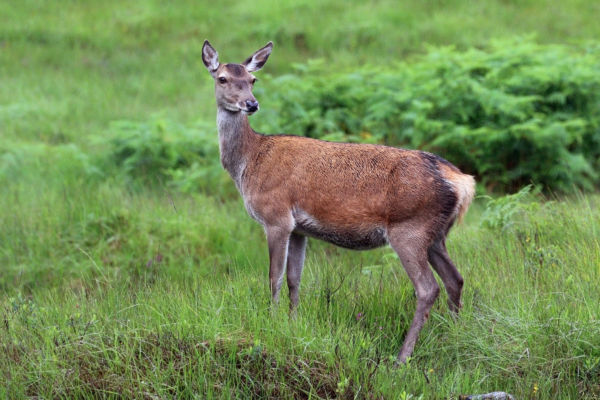
Wildling pines aren’t part of the mandate for Predator Free New Zealand but they are another serious invasive issue in many parts of New Zealand and research recently published in the Journal of Ecology (British Ecological Society) has revealed that some introduced mammals could be helping wildling pines to get established. It’s a complex web … Continue reading Invasive mammals help invasive pines in surprising ways
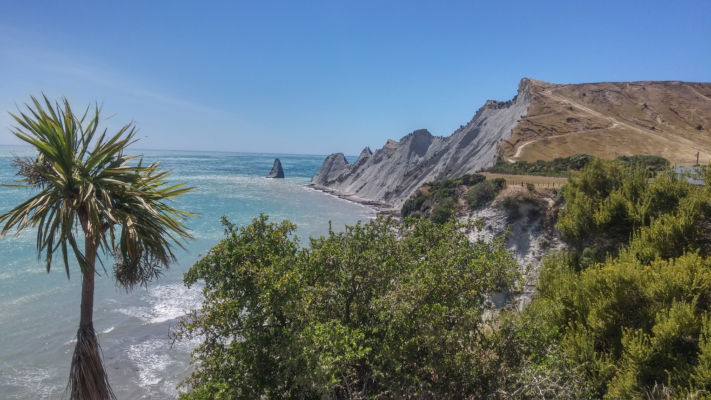
We can do island eradications. We’re the world’s best at it. Mainland, regional-scale predator control is one of the next big predator-free challenges and a key part of that challenge is getting every landholder behind the project. What happens if some landholders don’t want to be involved? Will their inaction jeopardise the project? Just how … Continue reading Landholders and landscape scale predator control
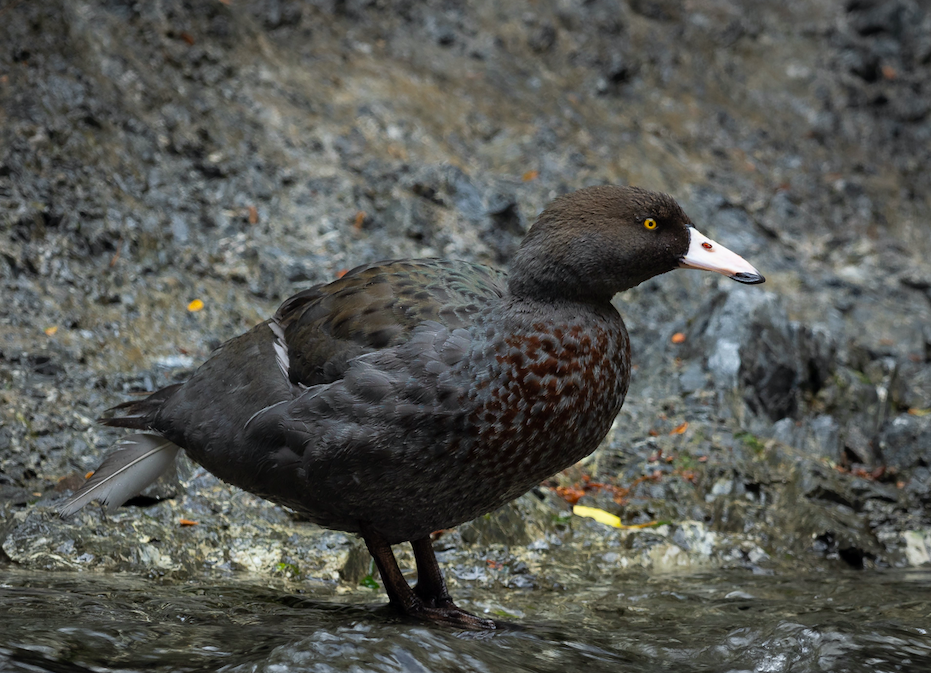
Whio Forever is an integrated curriculum teaching and learning resource with the whio/blue duck as the real life context for learning. The resource covers multiple learning areas of the New Zealand Curriculum. It has been developed for primary school teachers, with two versions available – one for junior primary (years 1-4) and one for senior primary … Continue reading Whio Forever education resource
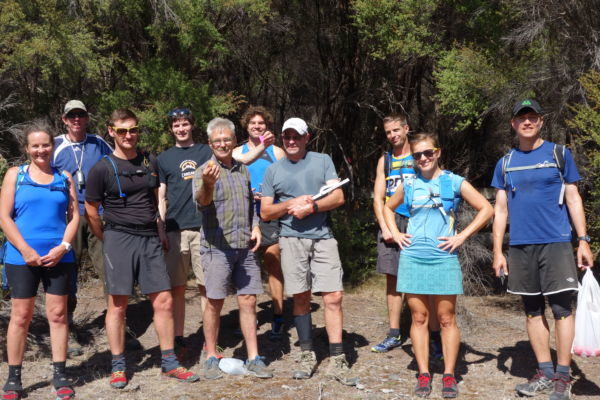
Many years ago, Clive Paton’s aunt, Noeline Paton, used to run Forest & Bird in Otago. She was an early influence in his life. “She used to send me Forest & Bird magazines when I was young,” Clive recalls, “She sent them even when I was in my early 20s. It always stuck with me … Continue reading Aorangi Restoration Trust works closely with deerstalkers and community
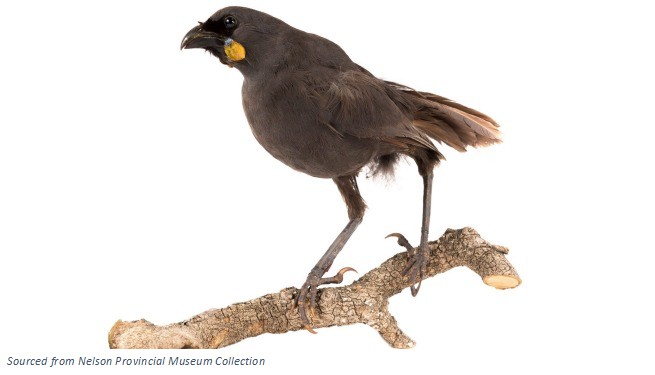
Wanted Alive! The South Island kokako is a bird with a price on its head – $5000 in fact for proof of its existence. So what evidence is there that this distinctive and beautiful bird does survive – and if you wanted to rediscover it, where might you want to go looking? Back in 2014 … Continue reading Wanted alive – where might SI kokako be found?
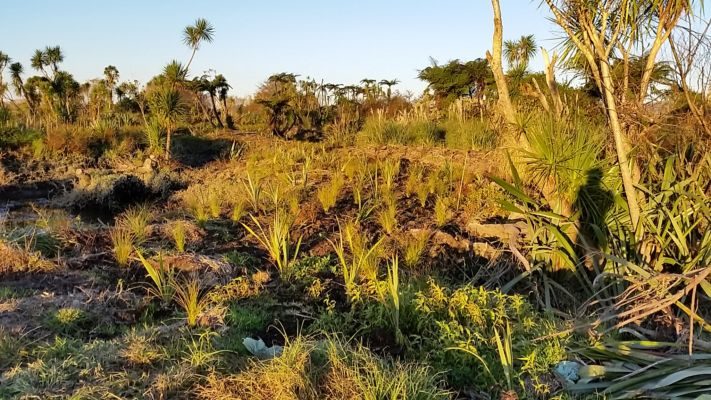
Stu Muir is a Waikato dairy farmer and, in contrast to some of the headline-grabbing stories you may have read about dairy farmers, Stu and his family are putting a huge effort into restoring natural waterways on their block. Such is the magnitude of their effort and the success of their project, that they even … Continue reading Stu Muir brings life to dying wetlands
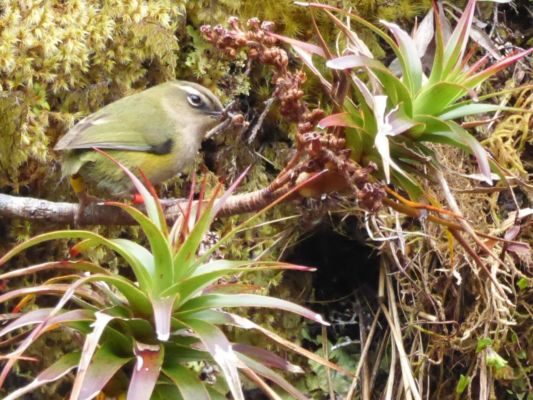
What do we know about the effects of introduced mammalian predators in the alpine environment? The short answer is probably ‘not much’. DOC scientists Colin O’Donnell, Kerry Weston and Joanne Monks review the little that we do know in the latest volume of the NZ Journal of Ecology. They identify important gaps in our knowledge and … Continue reading Alpine predator impacts little understood
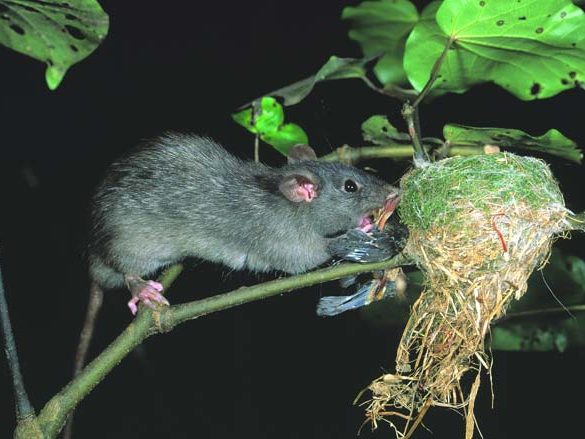
DOC’s Outreach and Education team have released their latest teaching and learning resource ‘Investigating animal pests in your green space’. This resource is targeted at primary schools (Year 1-6 students). Using this resource students can: Gather and interpret data about animal pests living in a local green space. (e.g. school grounds, local park/reserve, backyard) Identify and … Continue reading Investigating animal pests in your green space
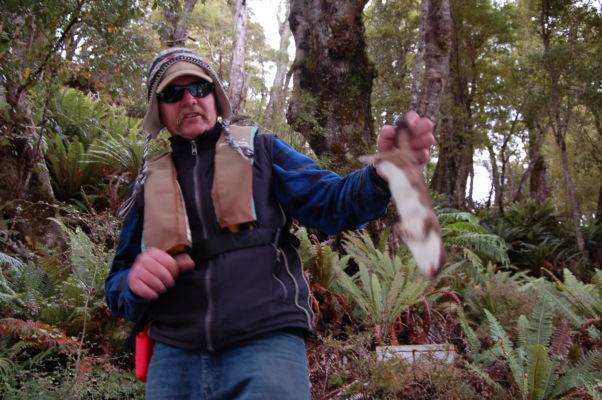
Once upon a time, Johan Groters and Joyce Kolk were Southland farmers. Then in 1994, Johan and some friends formed a partnership, got a jetboat concession and began to share their love of the remote Fiordland wilderness on their doorstep by taking visitors up the Wairaurahiri River. At first the jetboat venture was just a … Continue reading Tourists ride boats, trap stoats with Wairaurahiri Jet
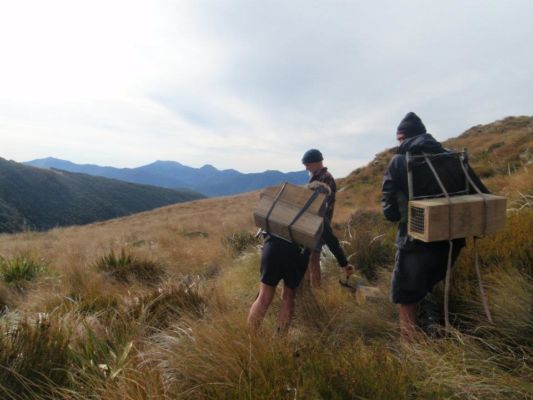
‘Citizen Science’ and academia worked together in a research project near Nelson to determine the effectiveness of a predator control programme in boosting bird numbers and also to evaluate the usefulness of a bird survey method as an easy-to-use monitoring tool for volunteer conservation groups. The study was carried out from 2002-2010 and published in … Continue reading Alternative bird survey method investigated
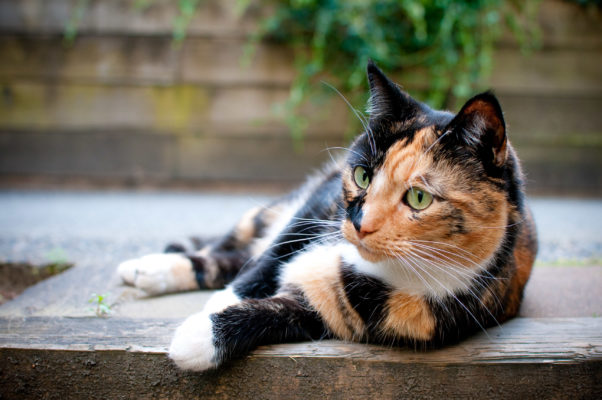
While PFNZ Trust focuses on 5 key introduced predator species (possums, rats, ferrets, stoats and weasels), we acknowledge that domestic pets – both cats and dogs – are also introduced predators and are potential killers of native wildlife if allowed to stray. Wandering dogs can and do kill kiwi and penguins when they encounter them. … Continue reading Tracking cats on Rakiura/Stewart Island

With 1125 trap stations for stoats (some with rat and possum traps nearby), covering an area in excess of 8,000 hectare, Friends of Flora must be one of the largest volunteer trapping programmes in New Zealand. A core group of 40 to 50 people check the traplines 8 to 10 times per year and in the … Continue reading Friends of Flora volunteers are keen trappers
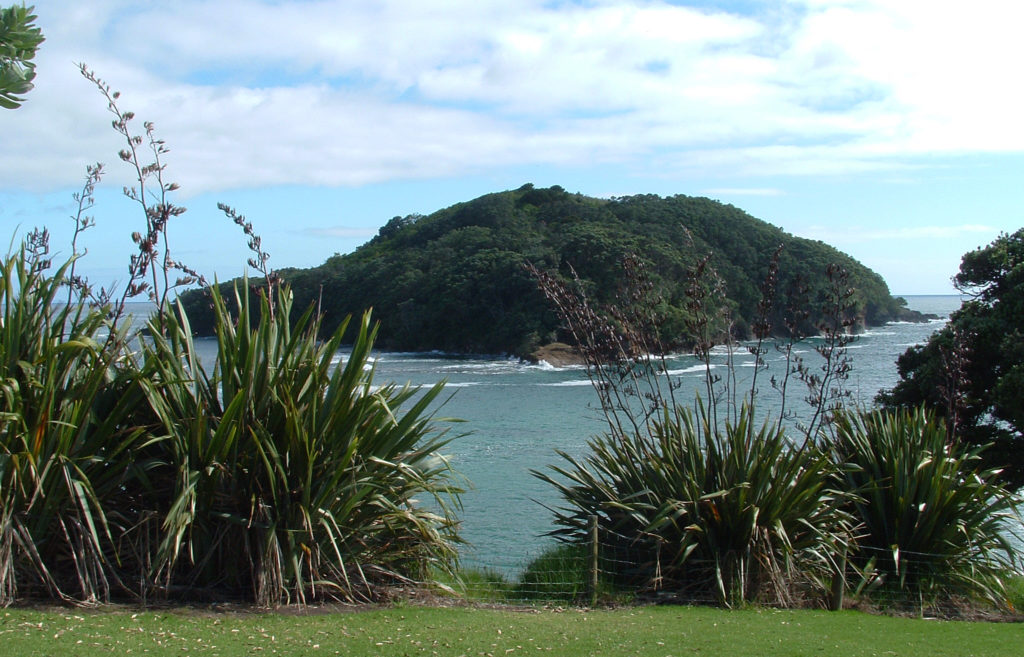
Returning from an overseas trip, New Zealanders all know the drill – biosecurity is paramount – and no, you can’t carry on eating that fresh fruit you brought with you once you leave the plane. But how many of us think about biosecurity as we head off to the beach for summer? If you’re planning … Continue reading Mammal-free islands – a biosecurity challenge
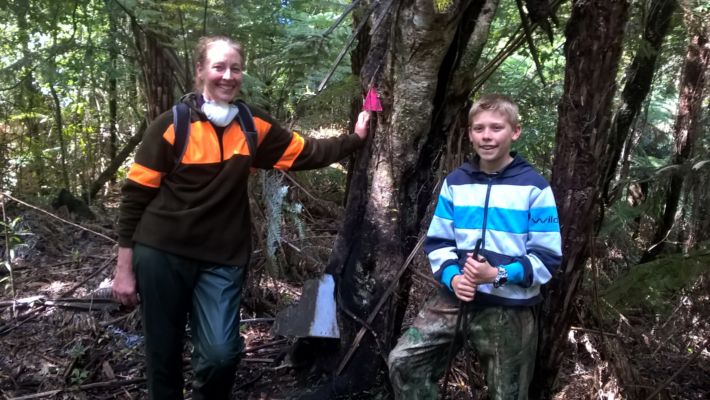
Back in the 1990s, Kaharoa Forest near Rotorua was one of three forests involved in an 8-year ‘Research by Management’ project to discover why kokako populations were still declining even though large-scale forest clearance had stopped. Competition for food by possums and introduced predators like ship rats were suspected as the cause. Carmel Richardson had … Continue reading Science can break your heart…
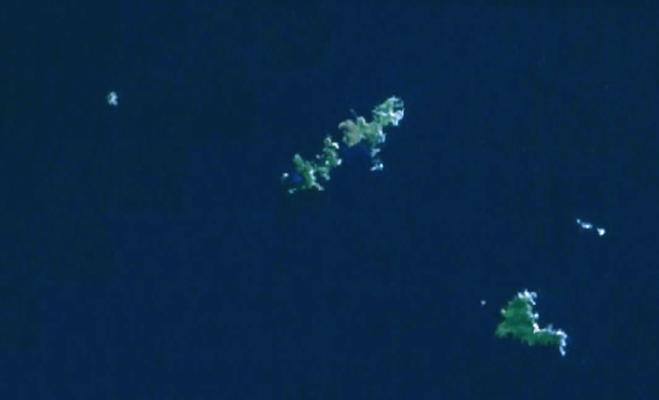
Often when predators are eradicated from an island, it’s the first stage in planned reintroduction of native species to the sanctuary, but 26 years ago when the last introduced mammals removed from Burgess Island, the island was simply left, predator-free to recover naturally. Burgess Island/Pokohinu is the second-largest island in the Mokohinau group, near Great … Continue reading Island recovery left to happen naturally
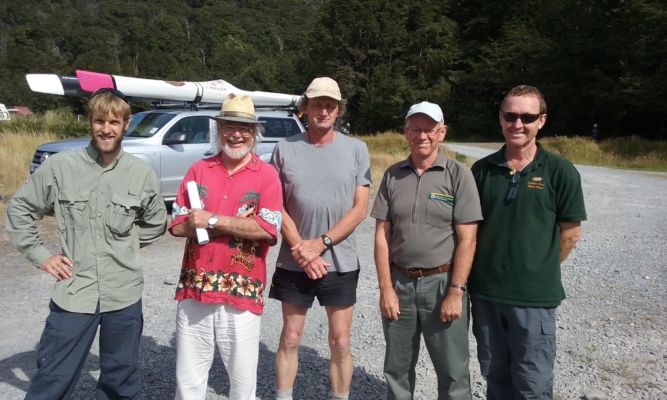
Arthur’s Pass Wildlife Trust (APWT) doesn’t have a huge population to call on for its conservation work. There are only about 30 people living permanently in Arthur’s Pass village. But that hasn’t stopped them taking action to sort out the stoats that threatened their kea and great spotted kiwi – and now they’re celebrating a … Continue reading Award recognises huge efforts of tiny Arthur’s Pass community
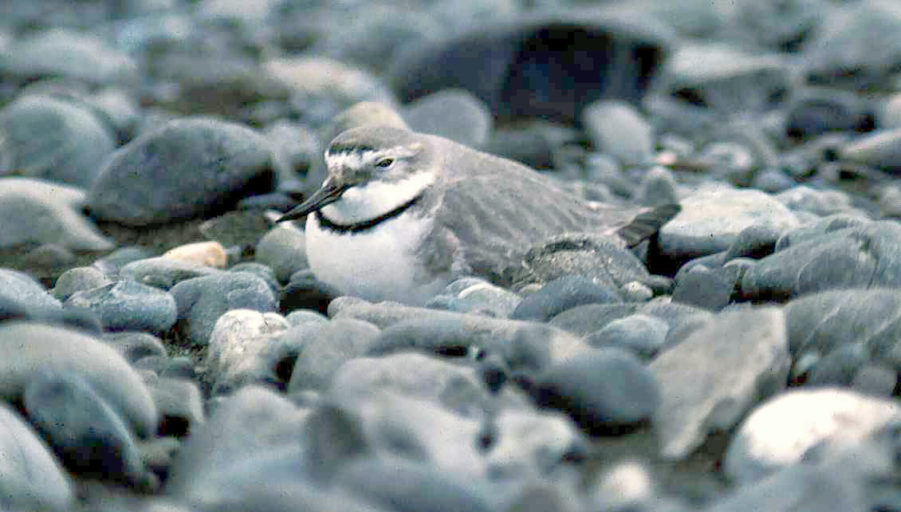
Eric Spurr and Nicholas Ledguard from the Ashley-Rakahuri Rivercare Group share the results of their group’s extensive predator control and bird monitoring work from 2000-2015 in a recently published issue of Notornis, the journal of the Ornithological Society of New Zealand. The Ashley River is a braided river in North Canterbury (near Rangiora) where eight … Continue reading Rivercare group shares predator control outcomes

When Craig Gillies from DOC’s Hamilton office first started studying feral cats at the University of Auckland, he visited Department of Conservation ‘old hand’ Dick Veitch – since retired – who gave him a piece of advice that has stuck with him throughout his conservation career: “It’s not the ones you catch that matter,” said Dick, … Continue reading Mentor’s advice still relevant for Craig Gillies

Predator control operations are just that – they control mammal predators but do not completely or permanently remove them. Survivors breed and slowly rebuild the population numbers, aided by invasion of outsiders from neighbouring, uncontrolled areas taking advantage of an opportunity to upgrade to some better real estate: competition is less because the population is … Continue reading When rats come back…
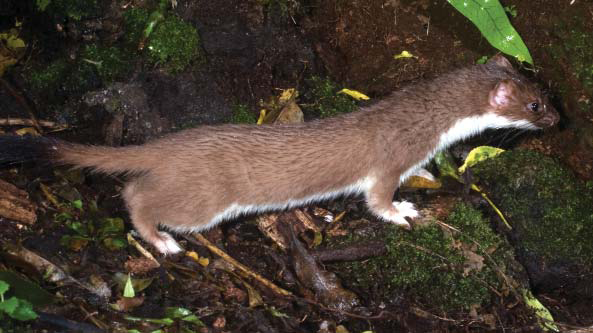
Genetic profiling sounds like something from a crime thriller, but it is a modern scientific technique that can be used to better understand the dispersal behaviour of animals and relationships between various populations. Auckland’s various stoat population were recently the subject of a genetic profiling study which revealed intriguing information about connectivity and migration. Female … Continue reading Genetic profiling reveals source of invaders
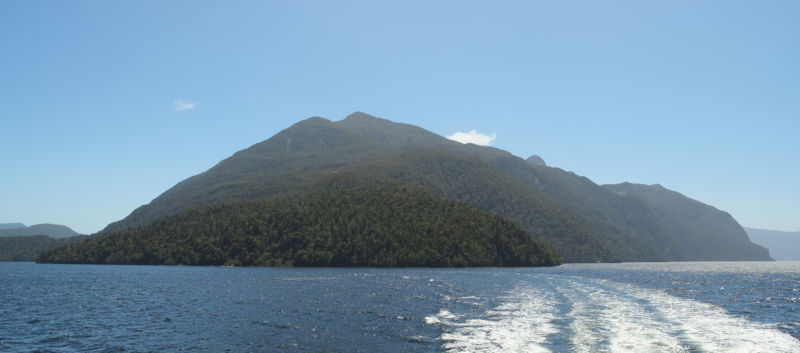
Professor Carolyn (Kim) King has spent a lifetime studying New Zealand’s introduced mammalian predators and is recognised as an international expert on mustelids. She’s worked closely with weasels in England, and stoats, ferrets, and rats in New Zealand, since starting as a grad student at Oxford in 1967. In that time she’s got to know … Continue reading Prof Carolyn King is enthusiastic supporter of community efforts
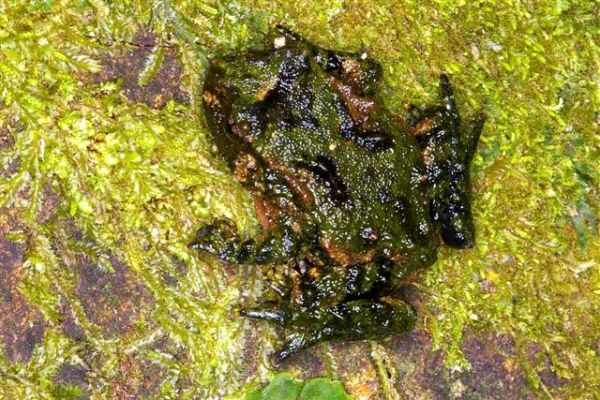
A huge effort has gone into controlling possums across New Zealand for a number of years, particularly with respect to TB eradication efforts, but what do we know about the overall biodiversity outcomes? Are we on top of the problem? Has native biodiversity benefited long-term from the war waged against TB or are short-term benefits … Continue reading Measuring biodiversity outcomes
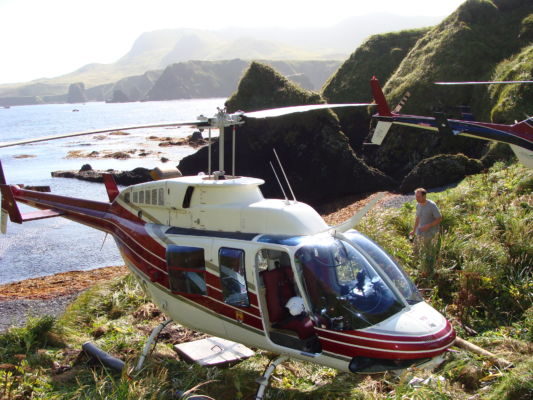
In the small urban satellite town of Mosgiel, just down the motorway from Dunedin, you’ll find the home base of a GPS system called ‘TracMap’. True to the tradition of kiwi innovation, it is an invention that started small and has gone on to revolutionize predator eradication on islands and difficult landscapes around the world. … Continue reading NZ tracking technology goes global
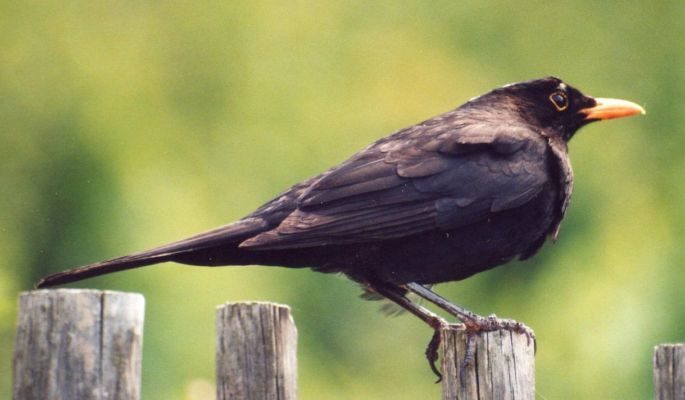
If you find a dead bird in an area after a toxin operation it’s an easy leap to say “the poison did it”. But was the dead bird poisoned? The only way to know is to test for toxin levels – and that’s exactly what Landcare Research (Lincoln) scientists Grant Morriss, Graham Nugent and Jackie … Continue reading Bird by-kill – what research reveals
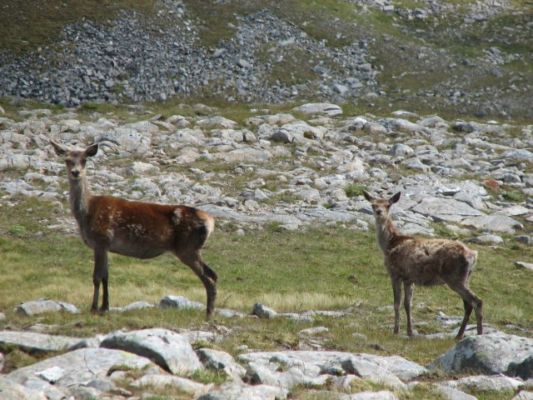
Those with the most passionate and strongly held views tend to have the loudest voices in public forums – but do they represent what most people think? Or do the strident calls of a few distort our perception of public opinion relating to an issue? A paper published in 2014 examines New Zealand attitudes toward … Continue reading Public attitudes to pest control – what does NZ really think?

In Nelson they’re building an ark to the future. The Brook Waimarama Sanctuary is at the site of a long-abandoned water reserve – a huge area comprised mainly of pristine old-growth forest. This ark for indigenous wildlife is 691 hectares in size, making it 2½ times the size of Zealandia or Orokonui. Like Wellington’s Zealandia … Continue reading Old water reserve becomes ‘ark to the future’

This is not about an amazing scientific breakthrough in new toxins or lures. It doesn’t reveal a science-fiction-like technological invention or genetic modification to wipe out predators. Such things happen rarely in the world of science. But what the following research projects show is that the old methods (with some modern modifications and monitoring techniques) … Continue reading Catching rats – getting the basics right

